EU Political Agreement on DAC9: Global Minimum Tax and TTIR Reporting Requirements
-8z1msbdibu.webp)
The ninth revision of the EU Directive on Administrative Cooperation (DAC), or simply DAC9, aligns with the OECD Global Anti-Base Erosion (GloBE) Model Rules from the OECD Inclusive Framework, also known as Pillar Two. It aims to ensure a global minimum tax for multinational enterprise groups and large-scale domestic groups in the EU.
Although the imposition of the global minimum tax on the most significant international companies is a subject of dispute and debate, especially by the US, on March 11, EU countries reached a political agreement on establishing a filing framework to facilitate the exchange of information regarding Top-up Tax Information Return (TTIR).
Significance of Reaching an Agreement and Future Steps
As seen in the example of VAT in the Digital Age (ViDA), reaching a political agreement on essential issues and measures can take a long time in the EU. Therefore, the fact that the members of the Economic and Financial Affairs Council (ECOFIN) reached such an agreement is a significant step as it pushes the DAC9 towards adoption and implementation.
However, some changes in the DAC9 text were agreed upon compared to the proposed text. Changes to the original proposed text include removing the provision allowing the European Commission to make future changes to the TTIR standard form. Under the new rules, such changes must be made through an EU Council Directive, requiring unanimity of EU countries.
It is necessary to underline that the DAC9 only defines the exchange of information within the EU, meaning that EU countries will have to sign an additional agreement with non-EU countries to exchange relevant information.
The revised DAC9 also includes additional reporting requirements for reporting financial institutions, such as mandatory submission of self-certification status of account holders, self-certification status of reportable persons, account type classification, and the role of reportable persons holding equity interests in investment entities.
With the agreement reached at the ECOFIN meeting, the following steps include the Council adopting the regulation, which should be soon. Once the Council approves the DAC9, EU countries will have until December 31, 2025, to implement rules and requirements into their national legislation. Application of the agreed measures is planned for January 1, 2026.
Conclusion
With the inevitable introduction of reporting requirements under DAC9, in–scope companies should determine in which EU country they will file their TTIR, especially if the filing country is not the Ultimate Parent Entity (UPE) location.
In addition, multinational companies must ensure the gathering, processing, and reporting of required information to fulfill their obligations and comply with reporting requirements, where the first submission of TTIR is set for June 30, 2026.
Source: EY, European Commission, VATabout

Featured Insights

Europe’s Plastic Fiscal Shift: Why Italy’s Plastic Tax Now Starts in 2027
🕝 December 3, 2025
The Decline of Low-Value Import Exemptions: Closing Gaps in Cross-Border E-Commerce
🕝 November 20, 2025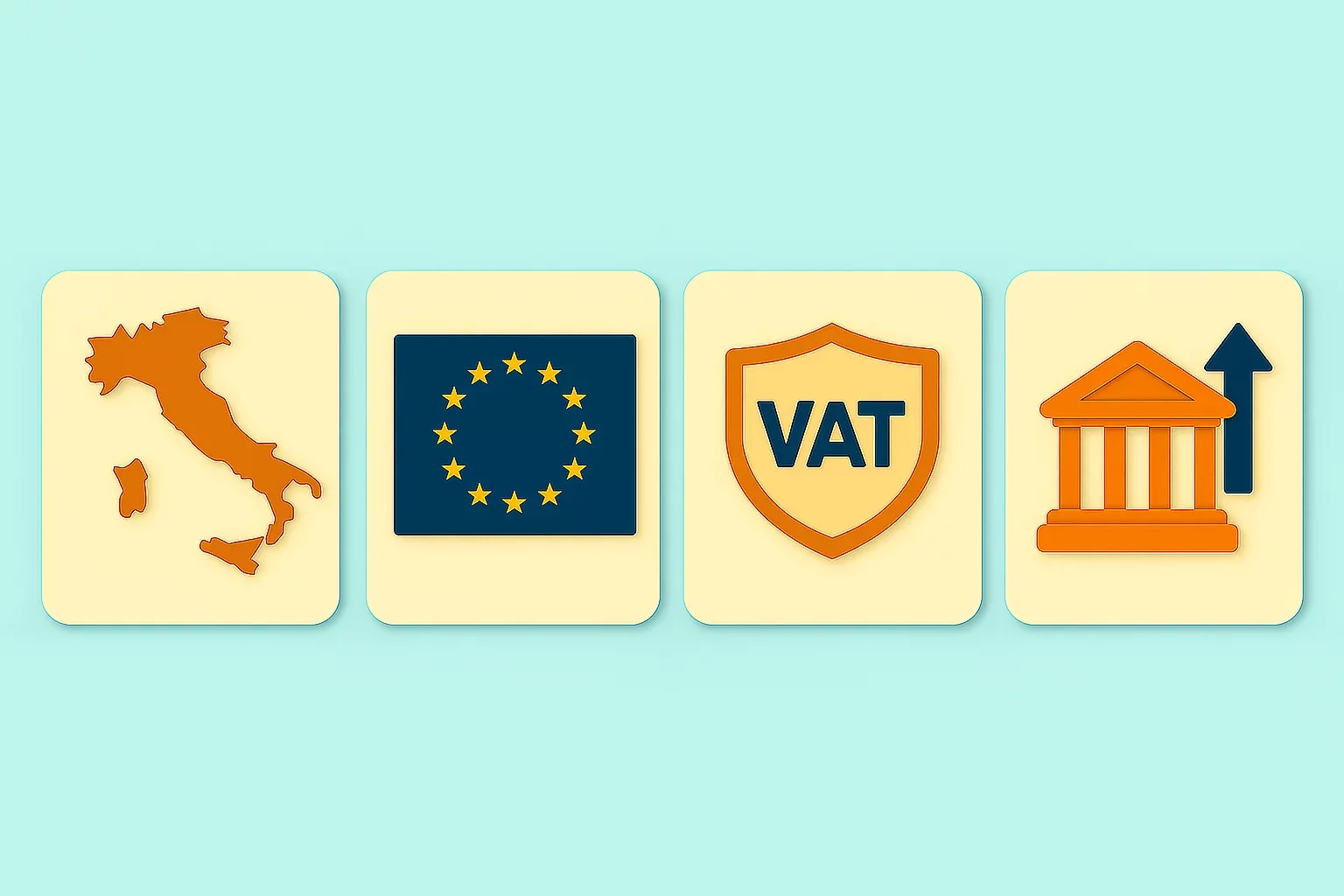
Europe’s Digital VAT Future Is Already Here, and It Started in Italy
🕝 November 3, 2025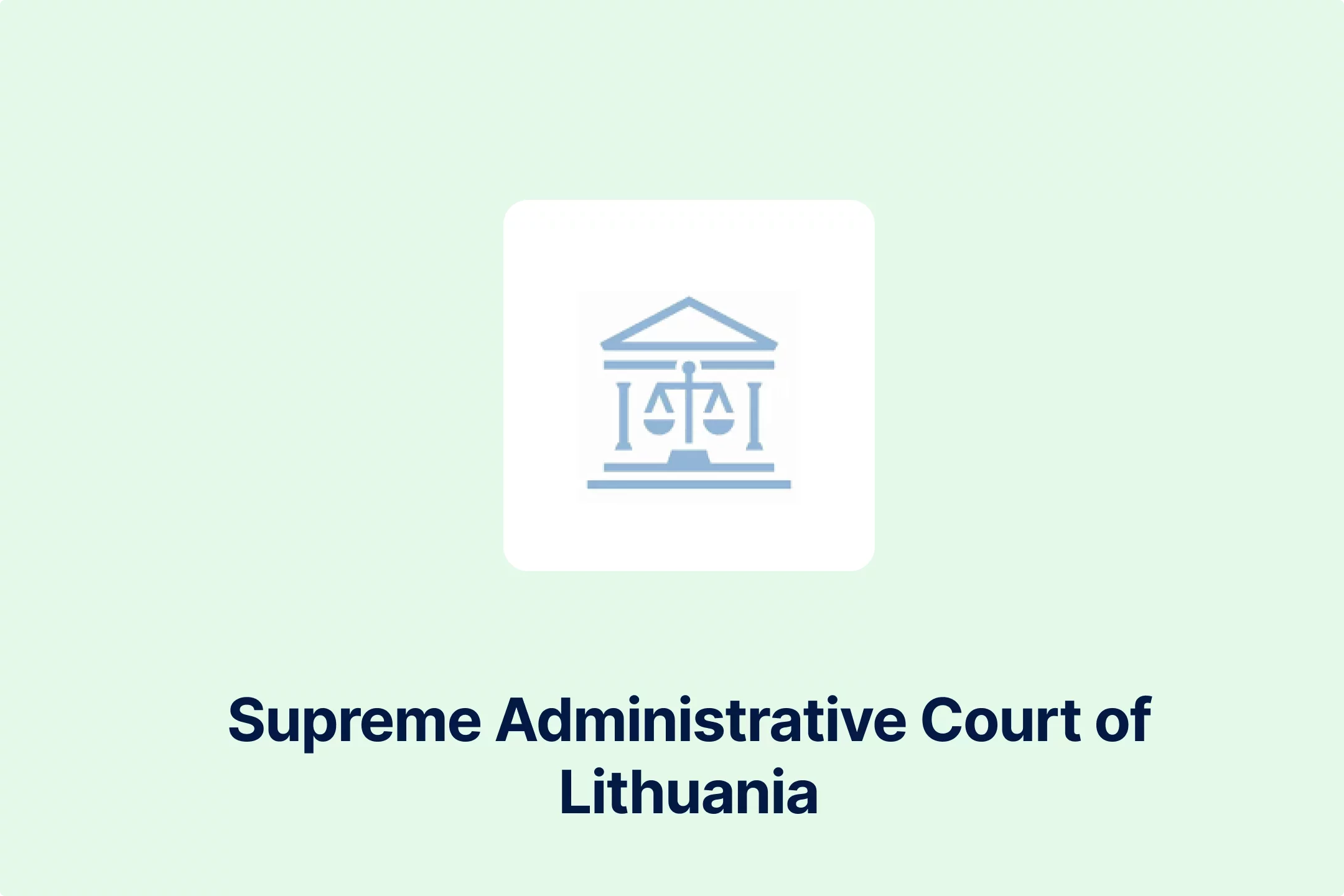
Lithuanian Personal Income Tax: Deductions, Relief, and the Unseen Hand of Economic Activity
🕝 October 27, 2025More News from Europe
Get real-time updates and developments from around the world, keeping you informed and prepared.
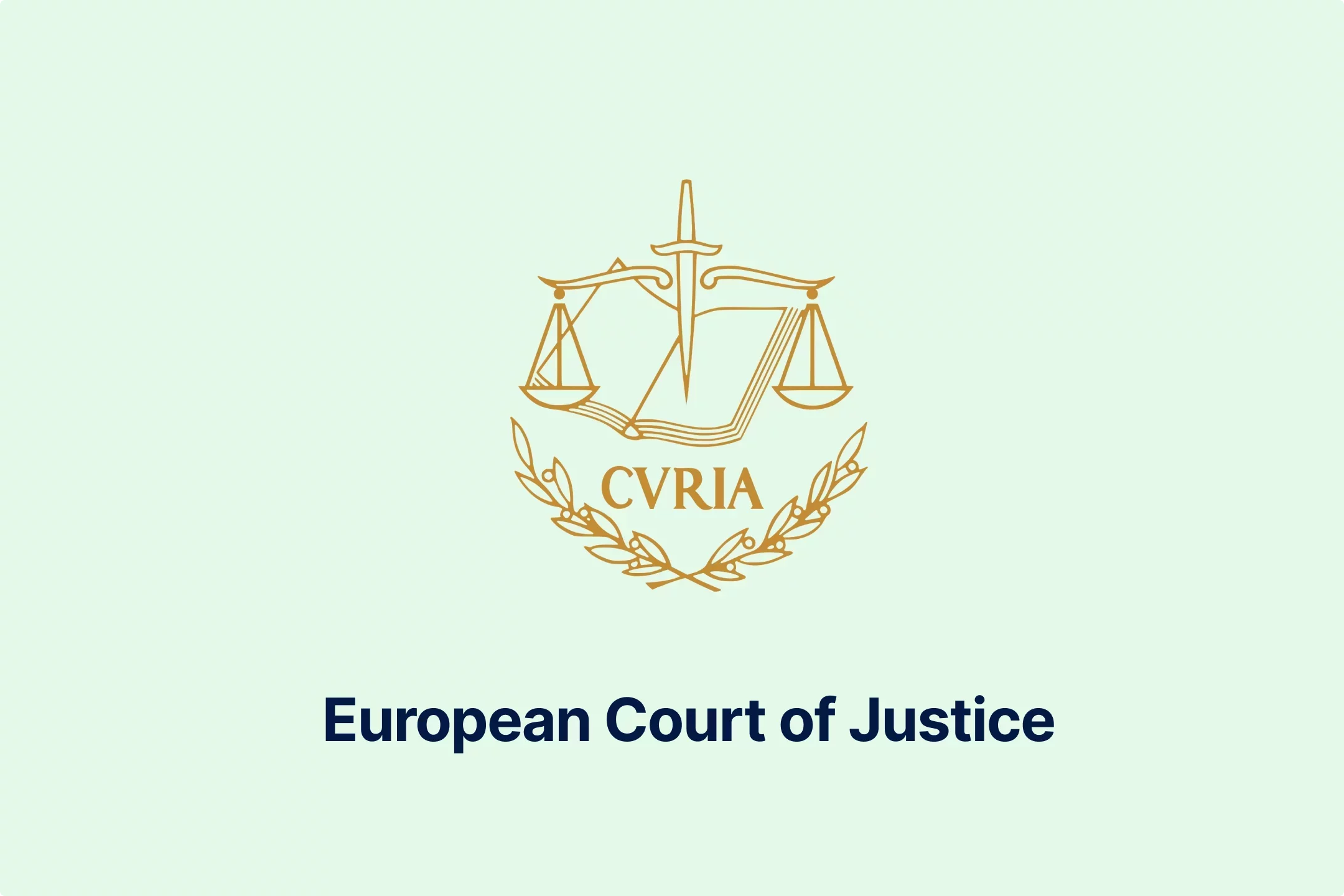
EU Law Primacy in VAT: ECJ Rules on Hungarian National Practice
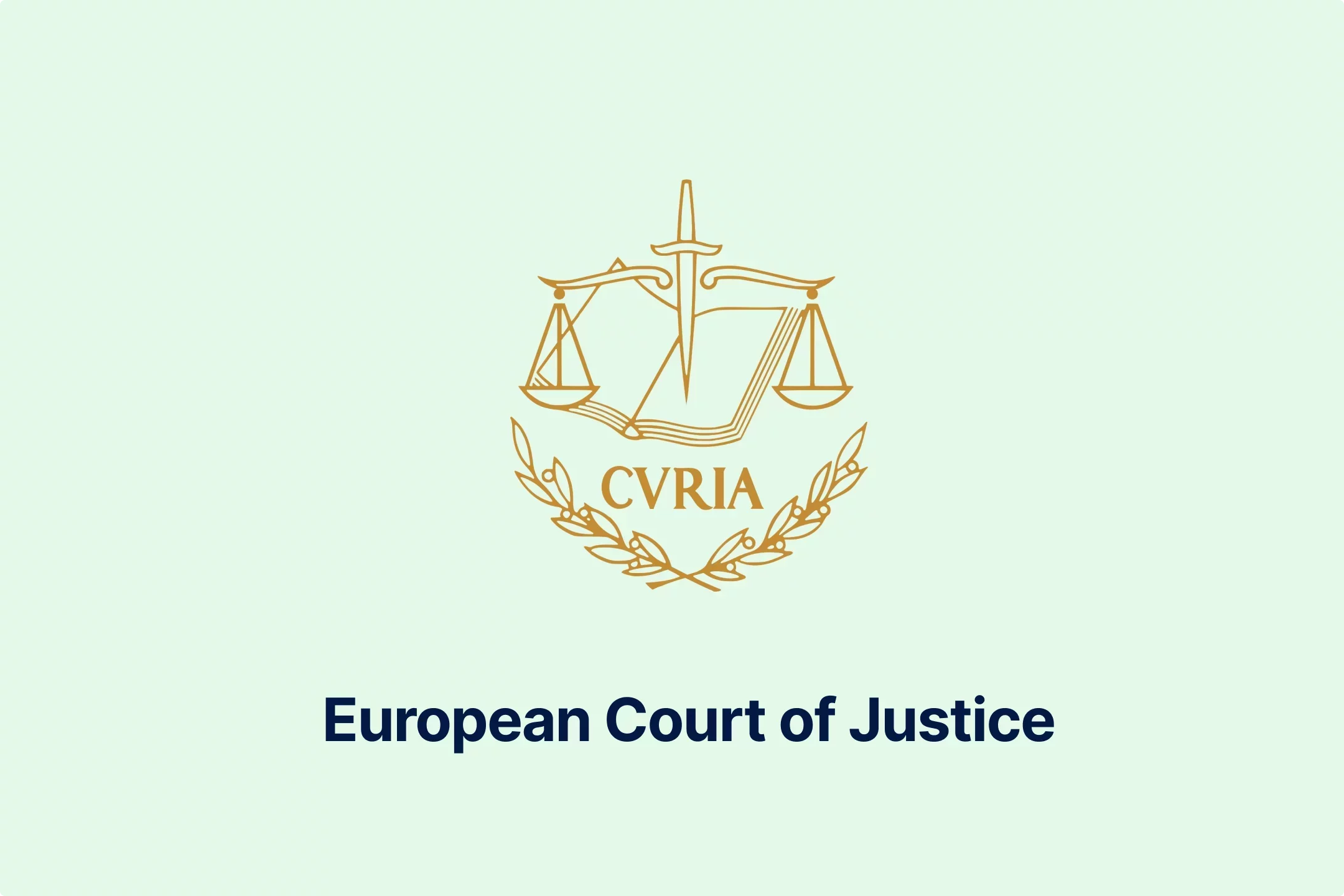
Appstore VAT Ruling: Who owns your In-App Purchase tax? C-101/24
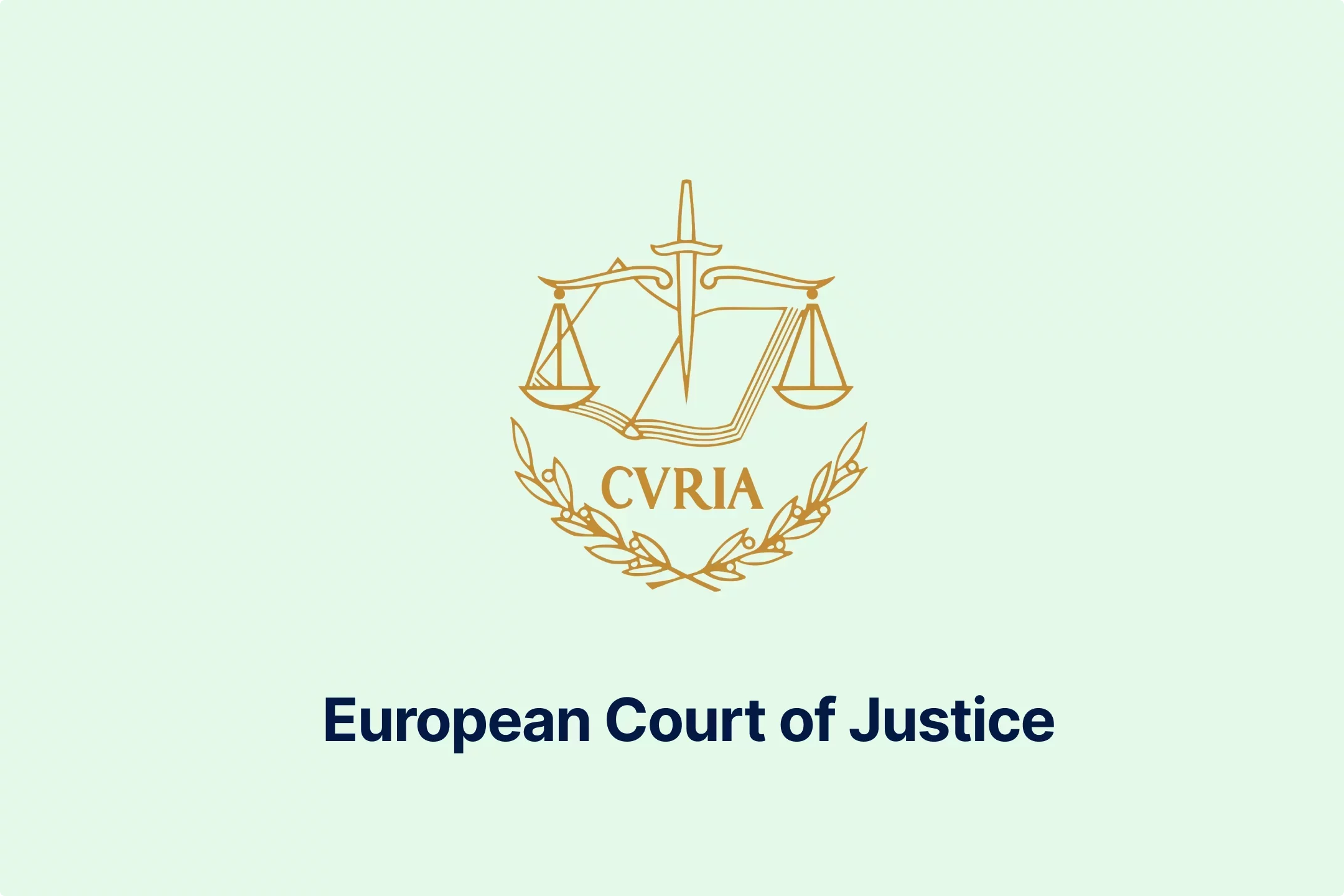
VAT Treatment of EU-Funded Projects for Non-Profit Associations

Right to Deduct VAT on Fixed Asset Reconstruction: Court Ruling
-7xsxxoypnx.webp)
Italy’s EUR 1 Billion VAT Dispute with Meta, X, and LinkedIn Explained
-l0zcrrzvhb.webp)
EU 5% Digital Service Tax Could Generate EUR 37.5 Billion: CEPS Study

Restrictions on VAT Deduction: Key Legal Cases & Compliance Insights
-qsozqjwle2.webp)
EU Parliament Approves ViDA: VAT Reforms & Digital Tax Compliance
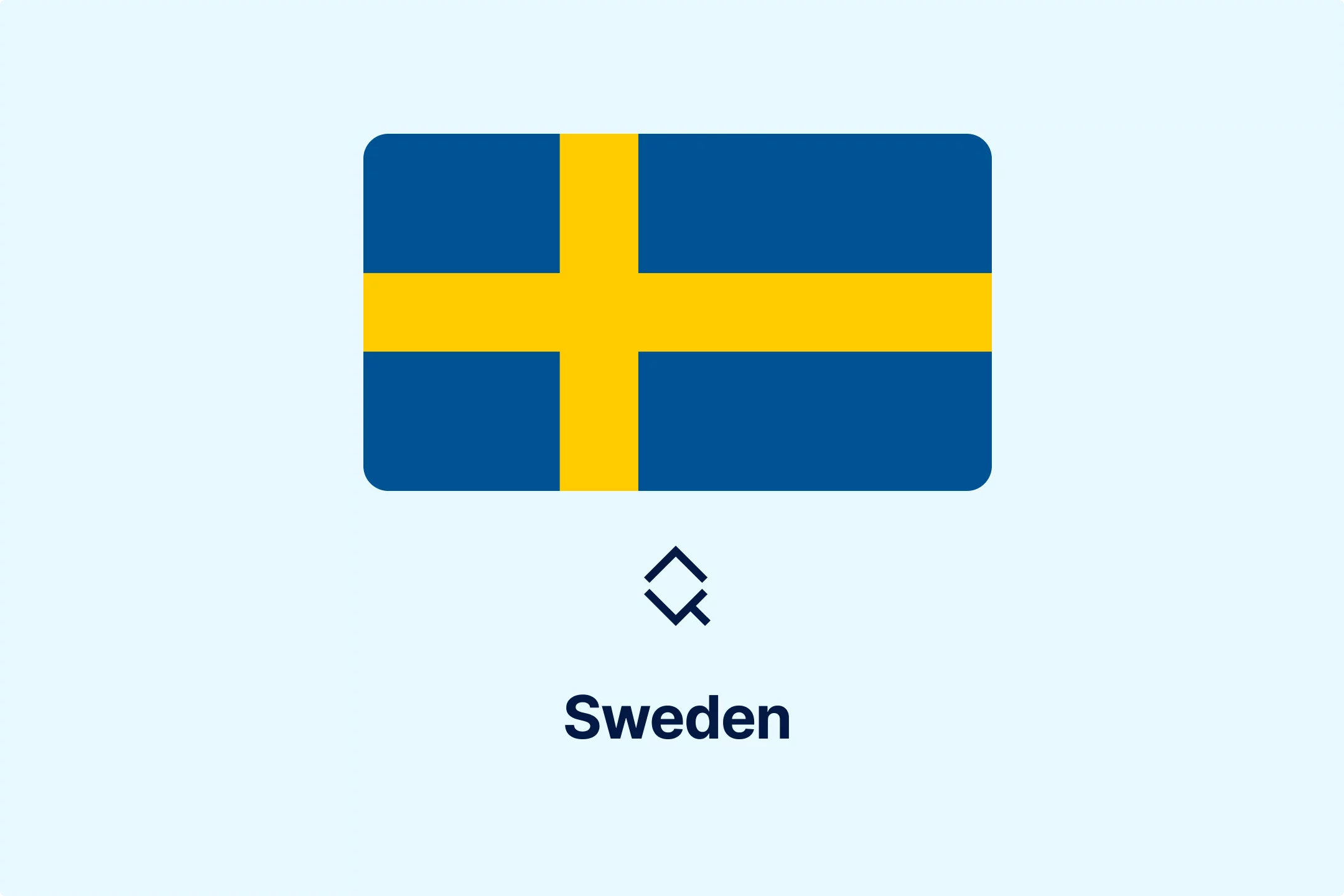
-e9lcpxl5nq.webp)

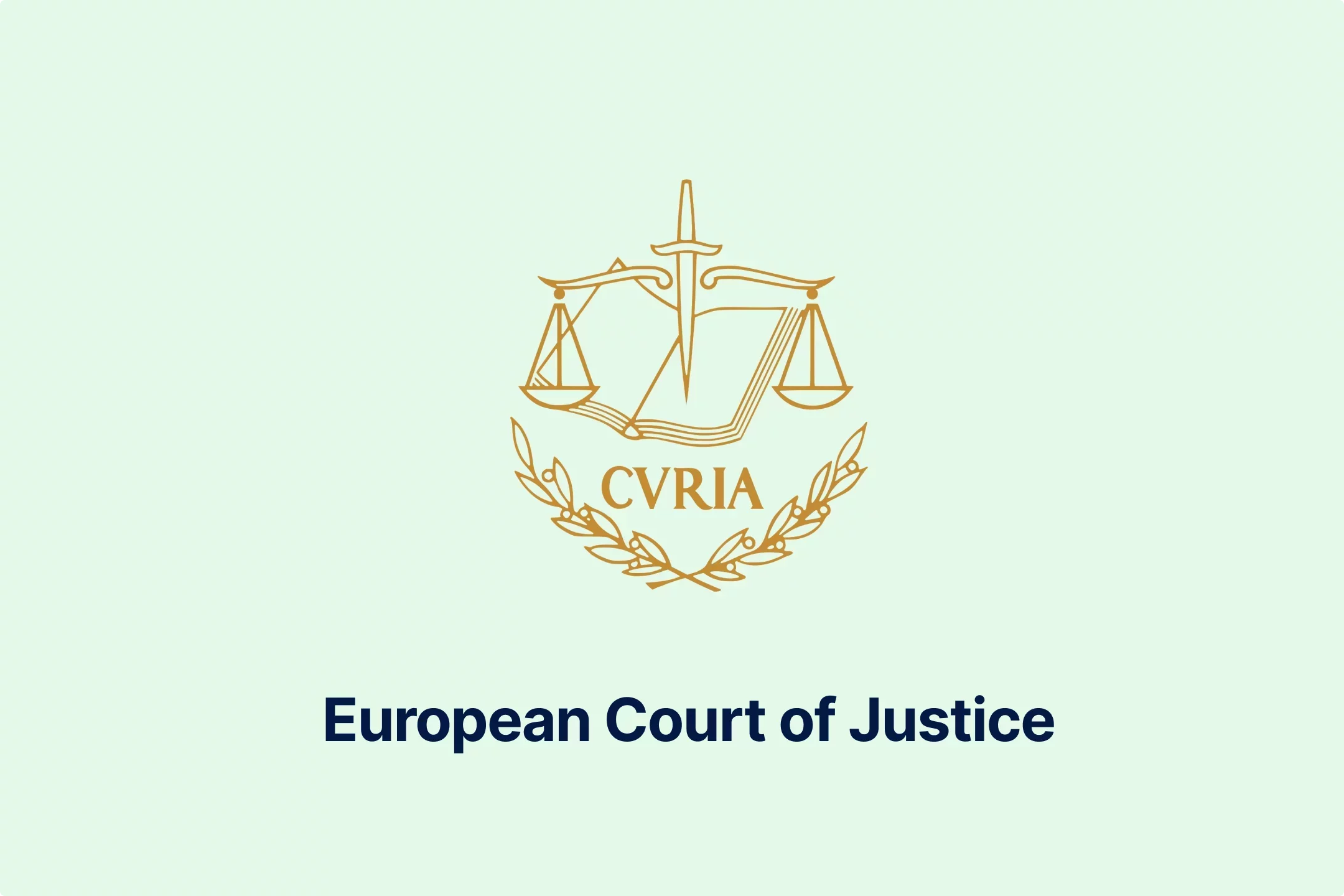
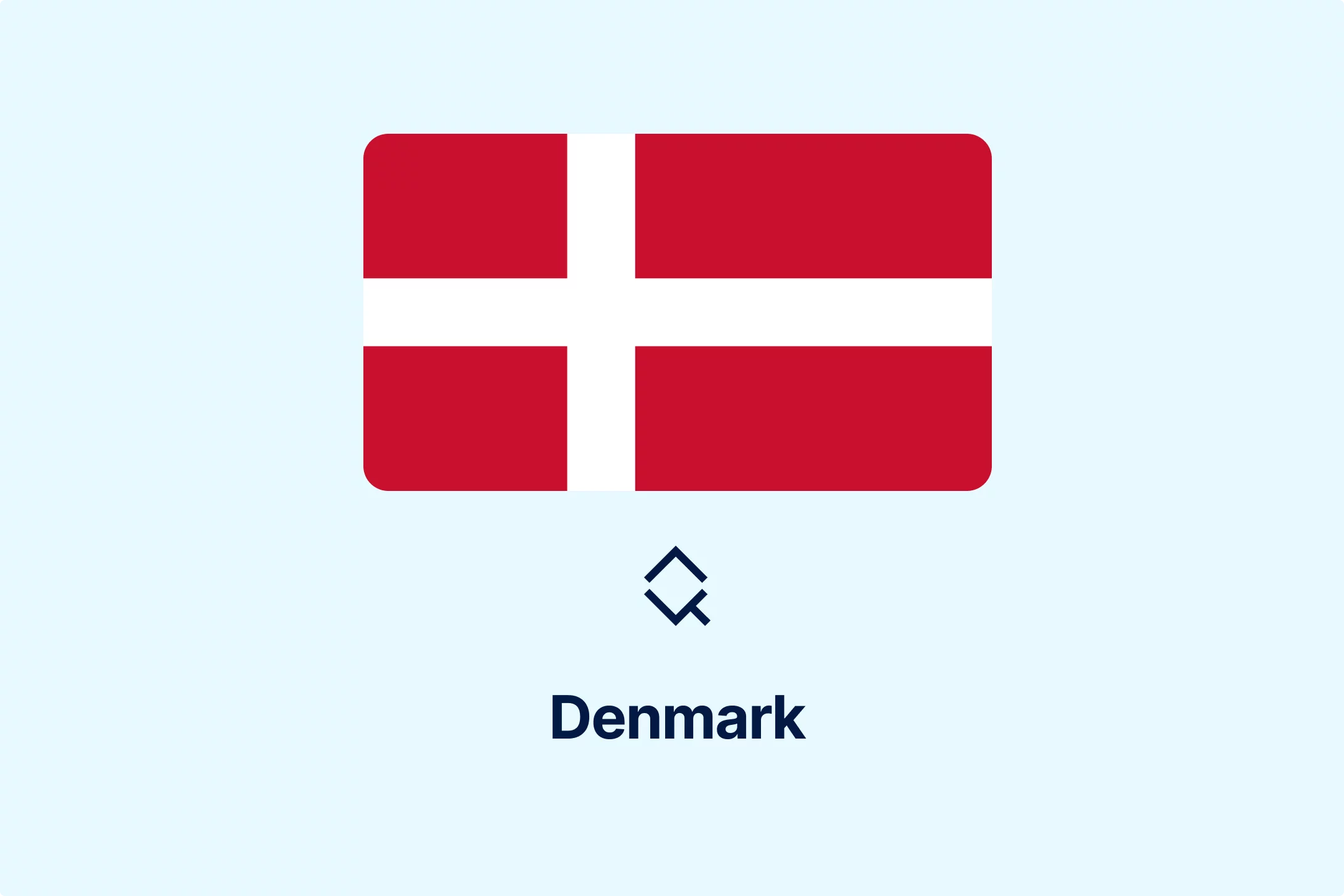

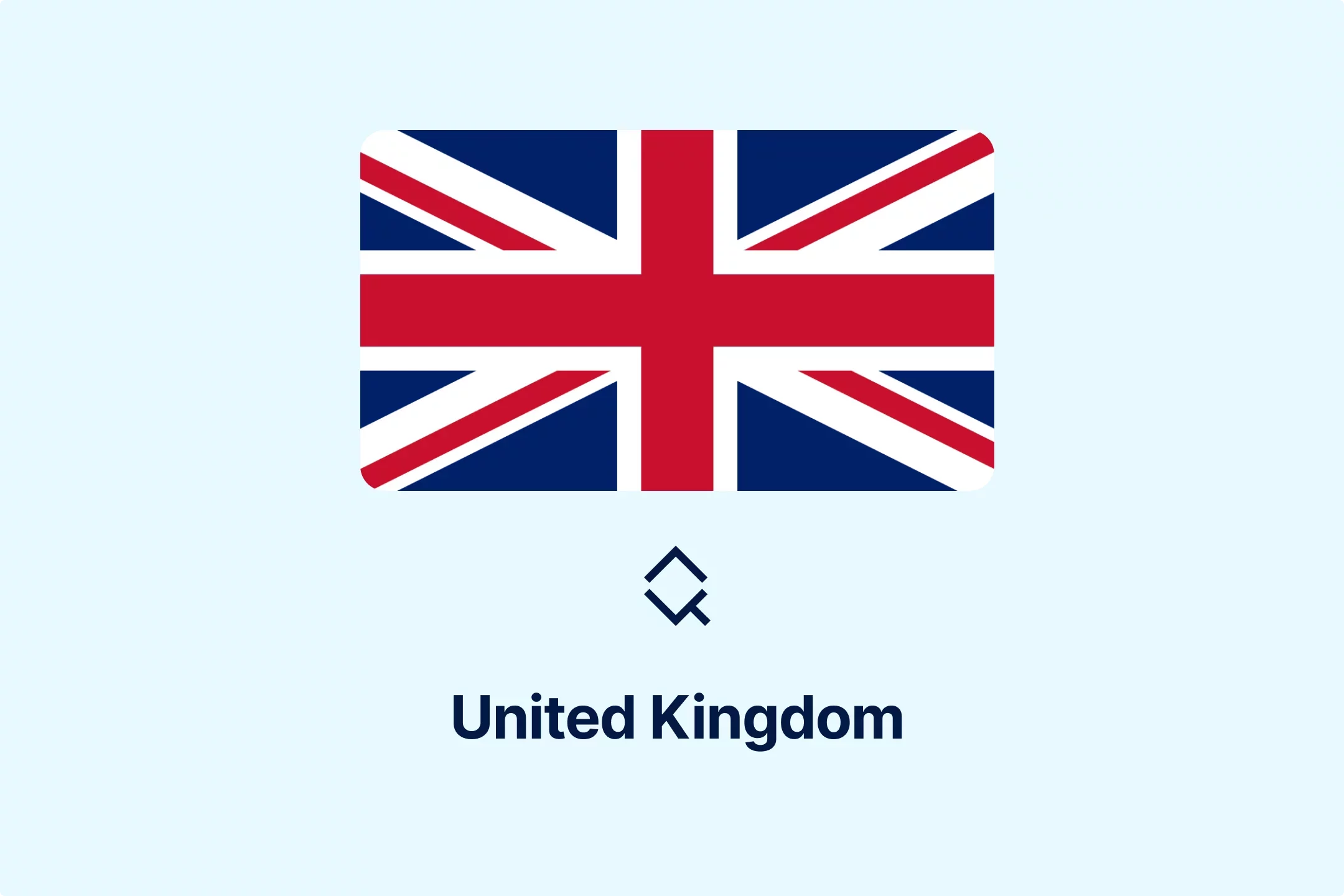
-zp2n6zixoa.webp)
-oa1ynbm4sn.webp)

-lltkno6txy.webp)


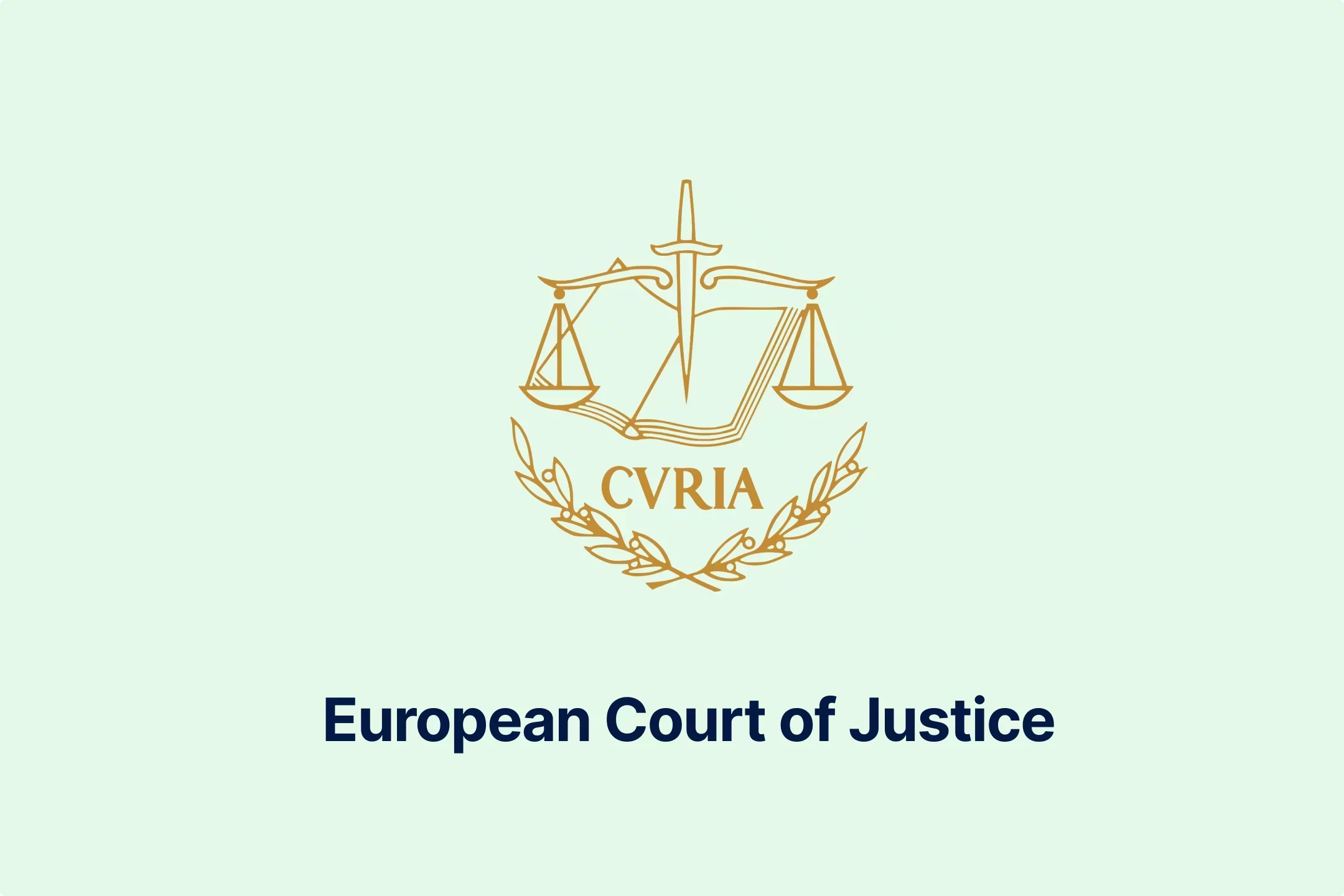
-do38odrqnq.webp)
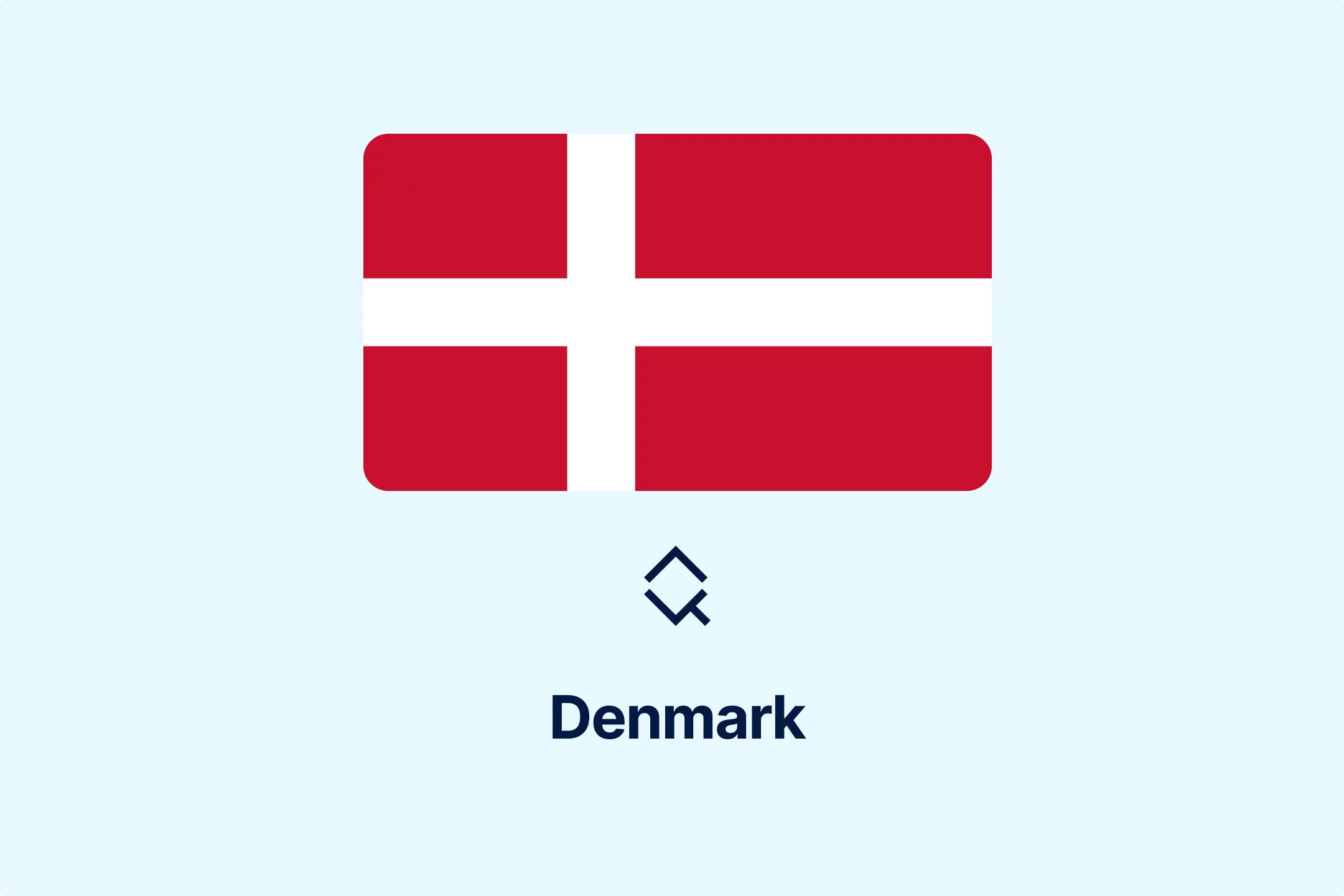
-t409oldqzt.webp)
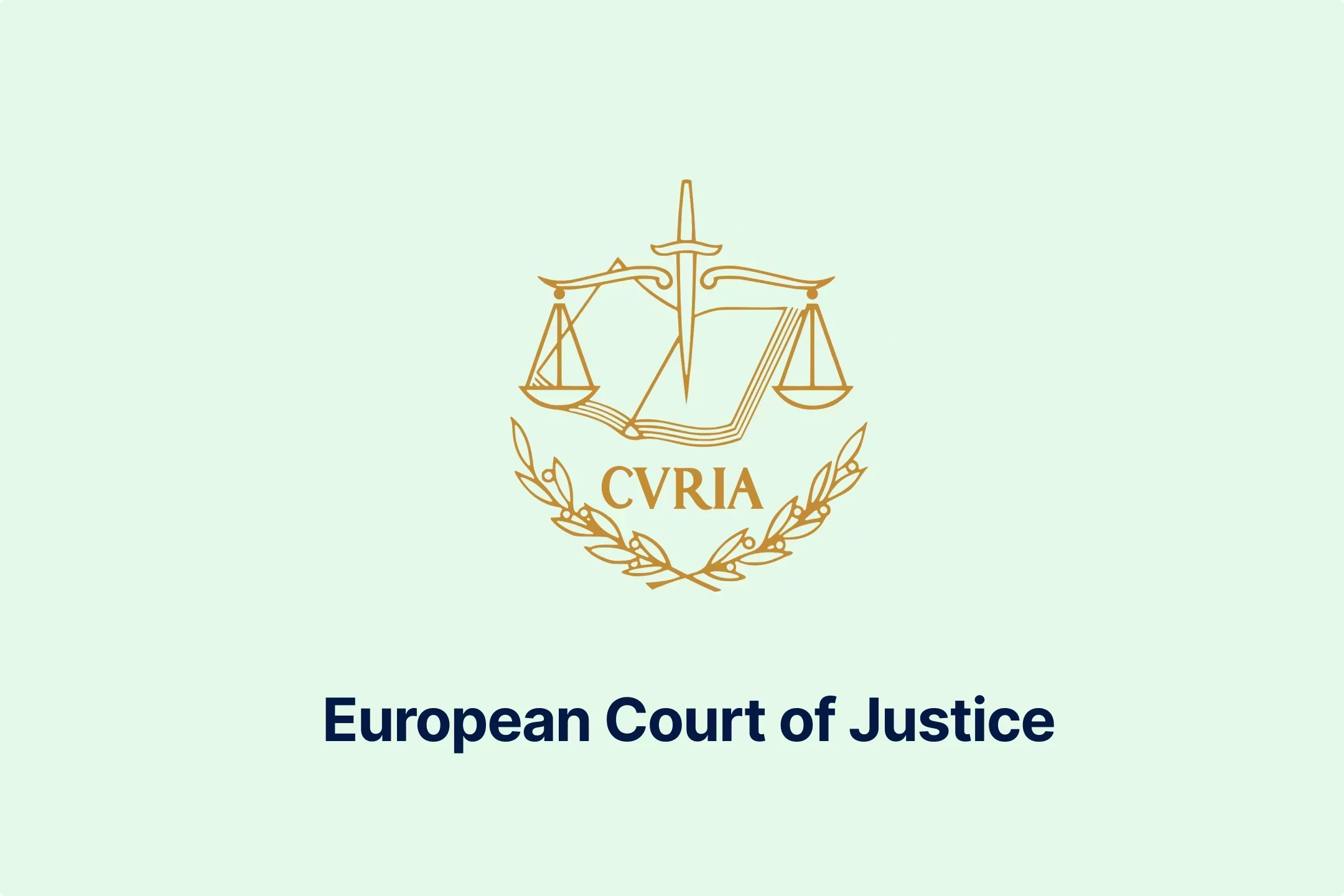
-hordopb6xh.webp)
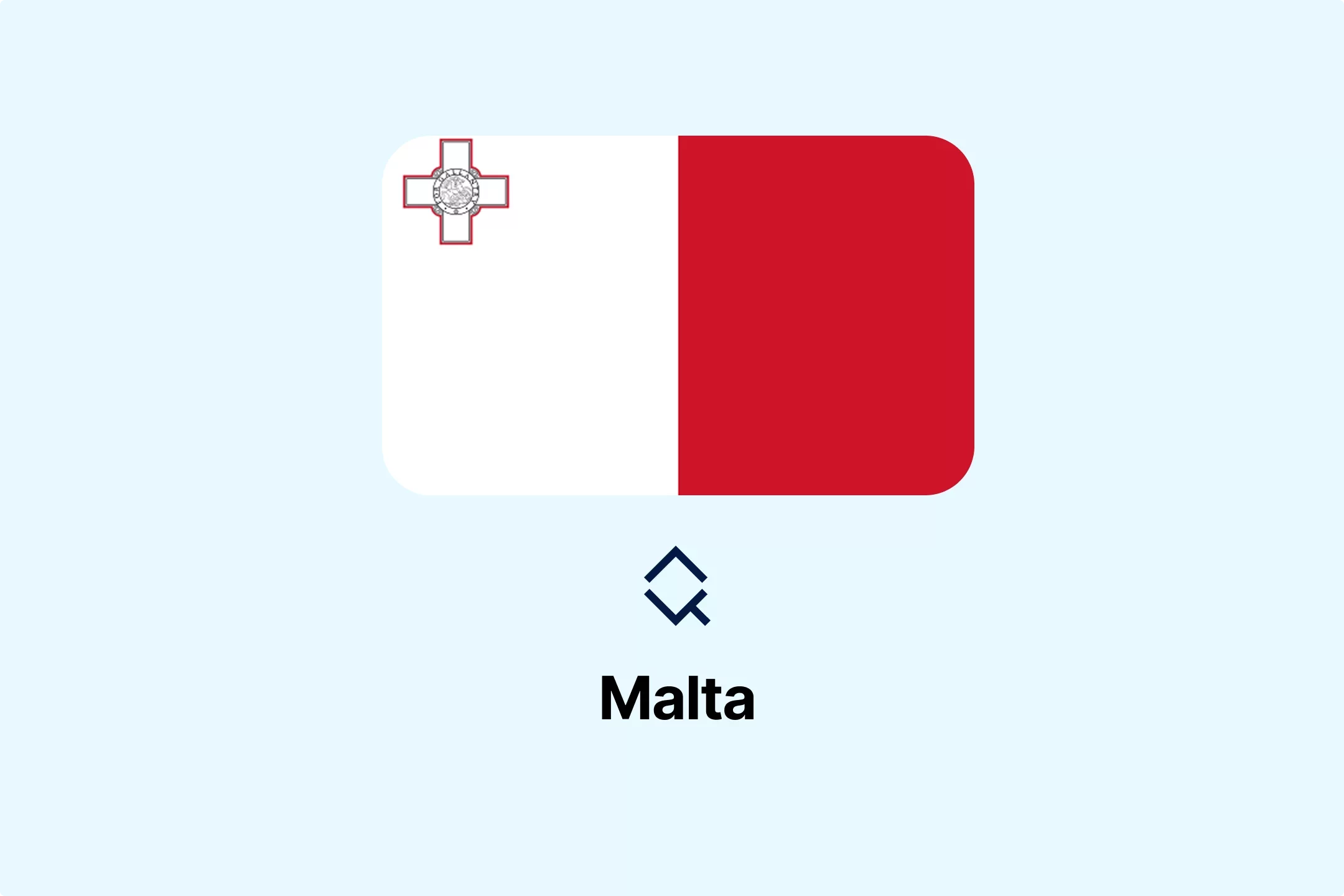
-ooimnrbete.webp)
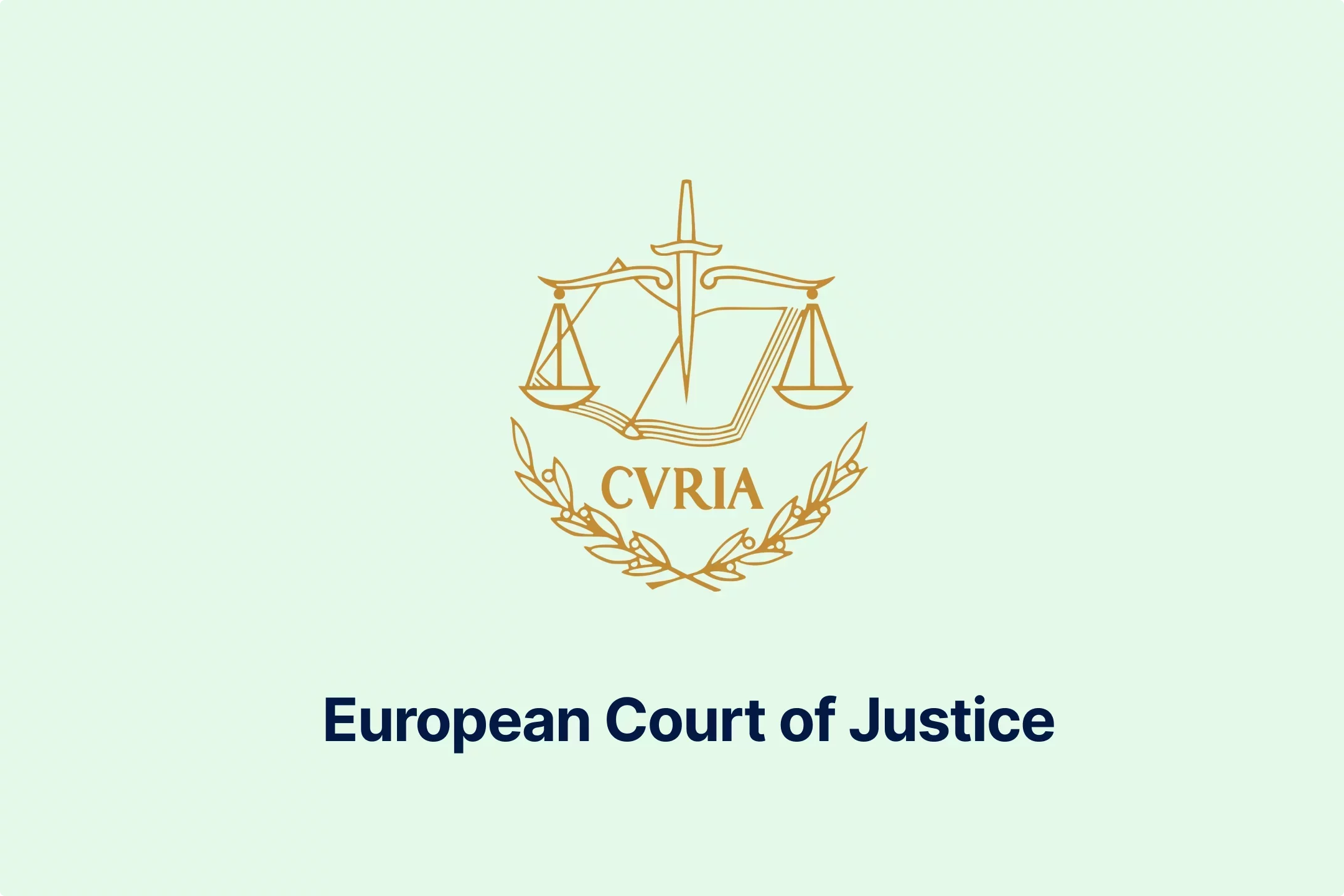
-lwb5qpsily.webp)
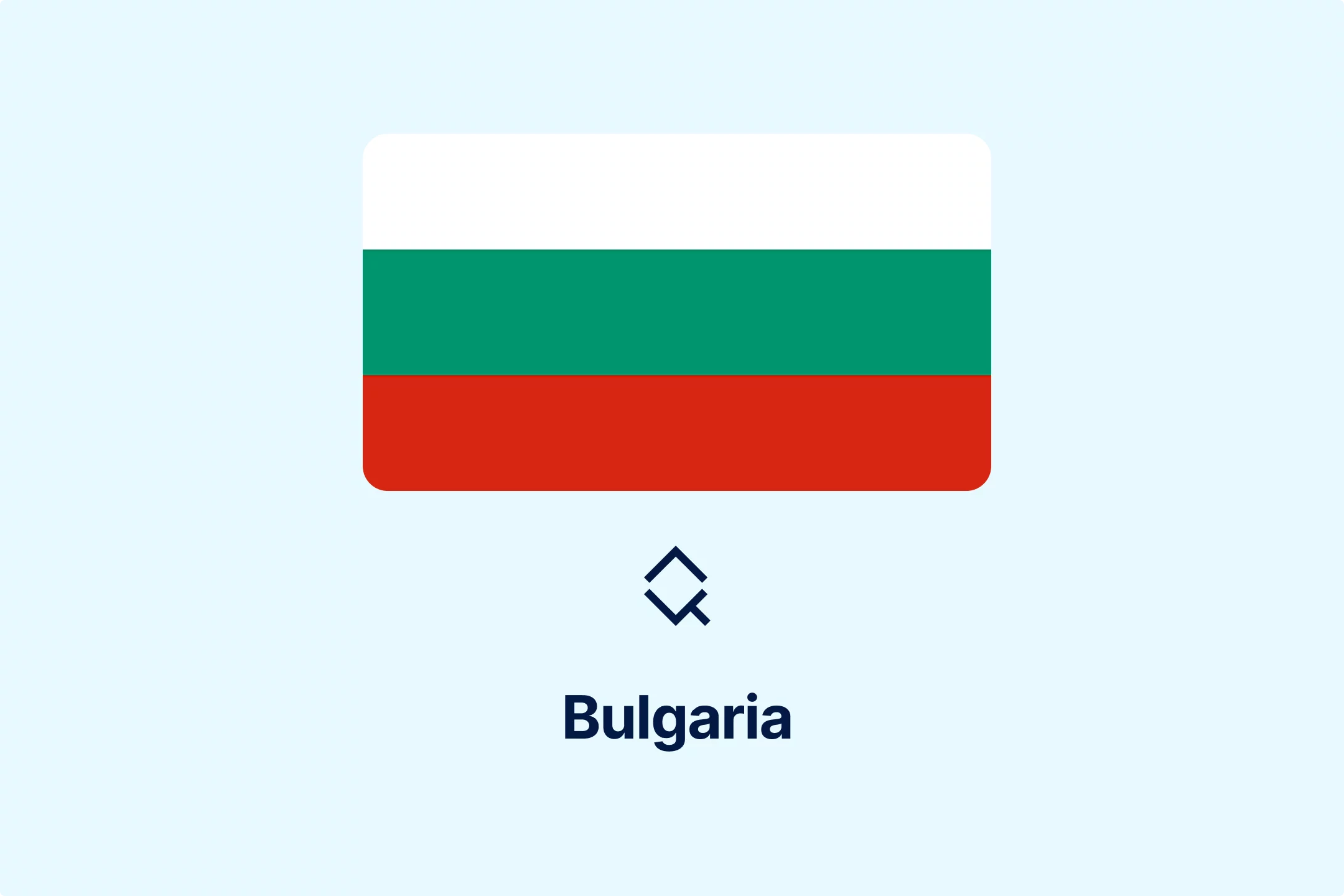
-eumafizrhm.webp)

-mtqp3va9gb.webp)
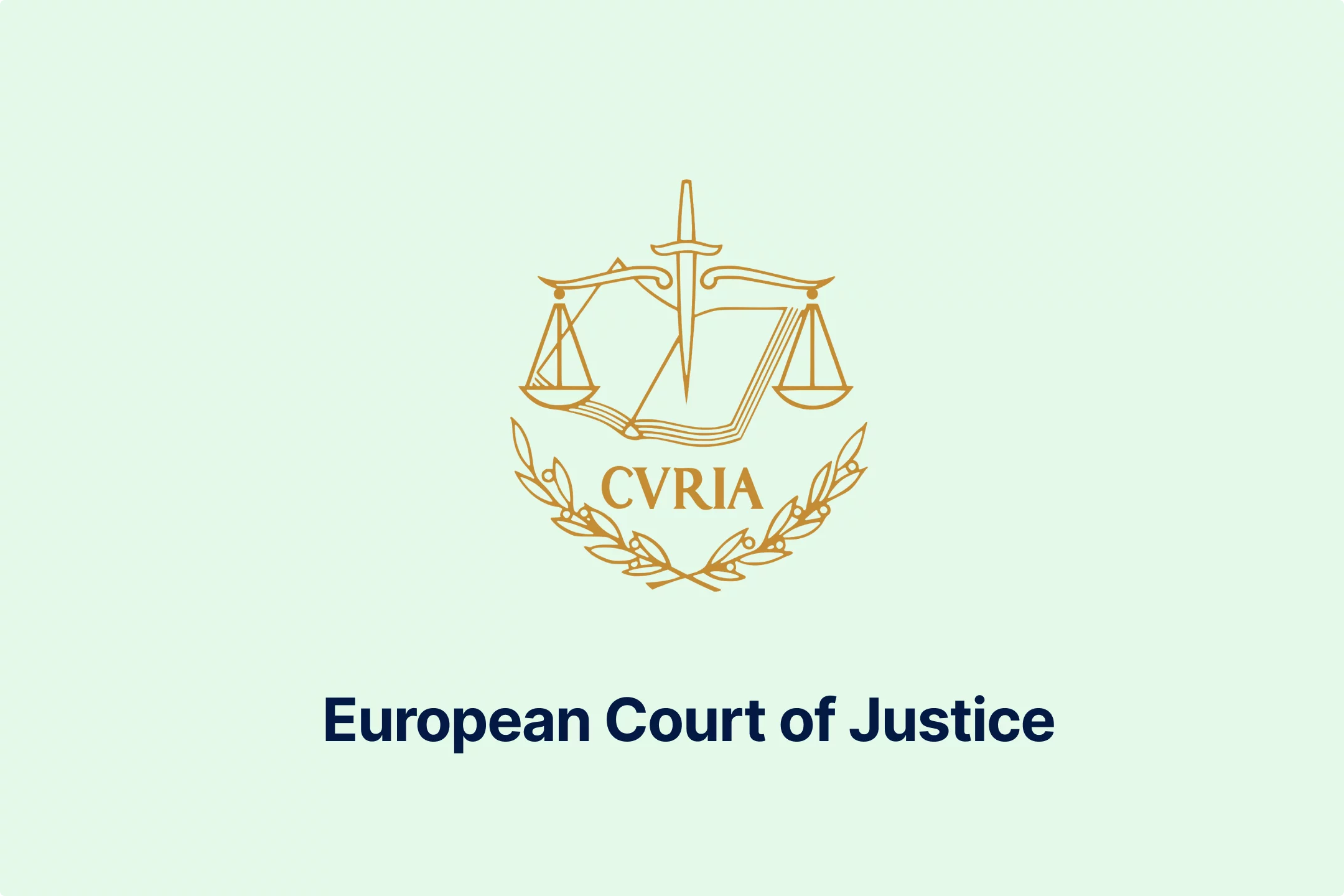
-3ewrn1yvfa.webp)
-591j35flz2.webp)
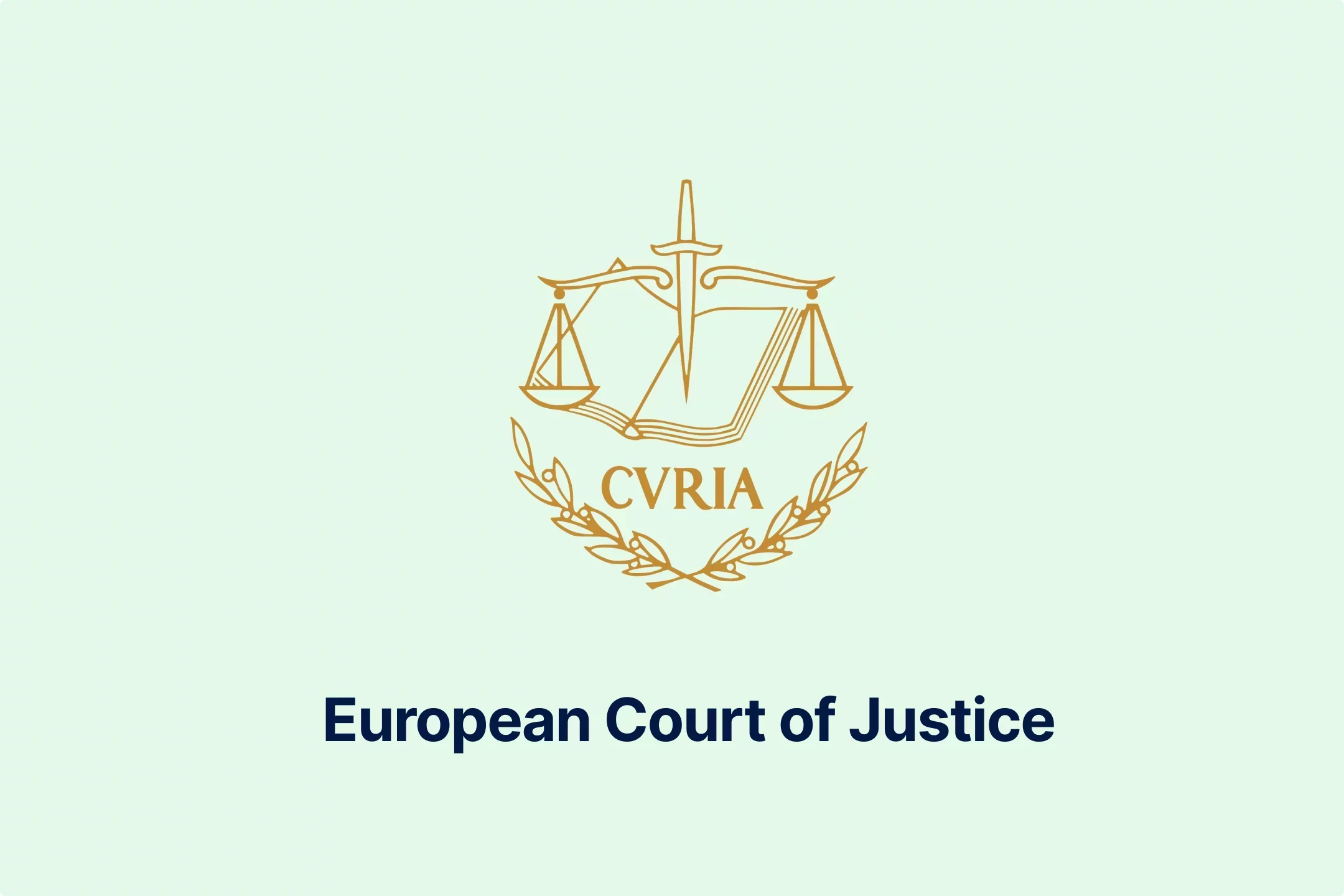
-huj3cam1de.webp)

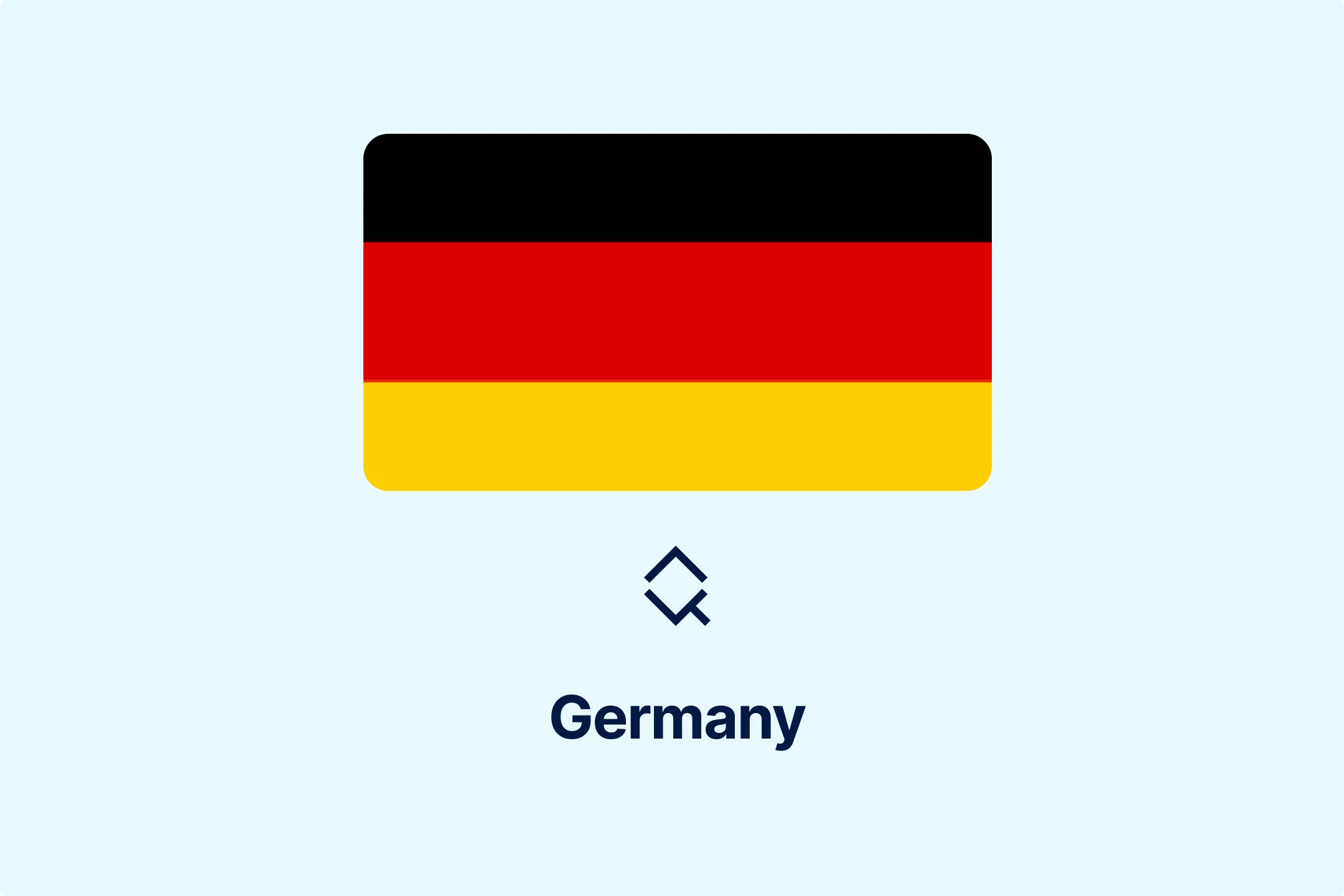
-hafis0ii23.webp)
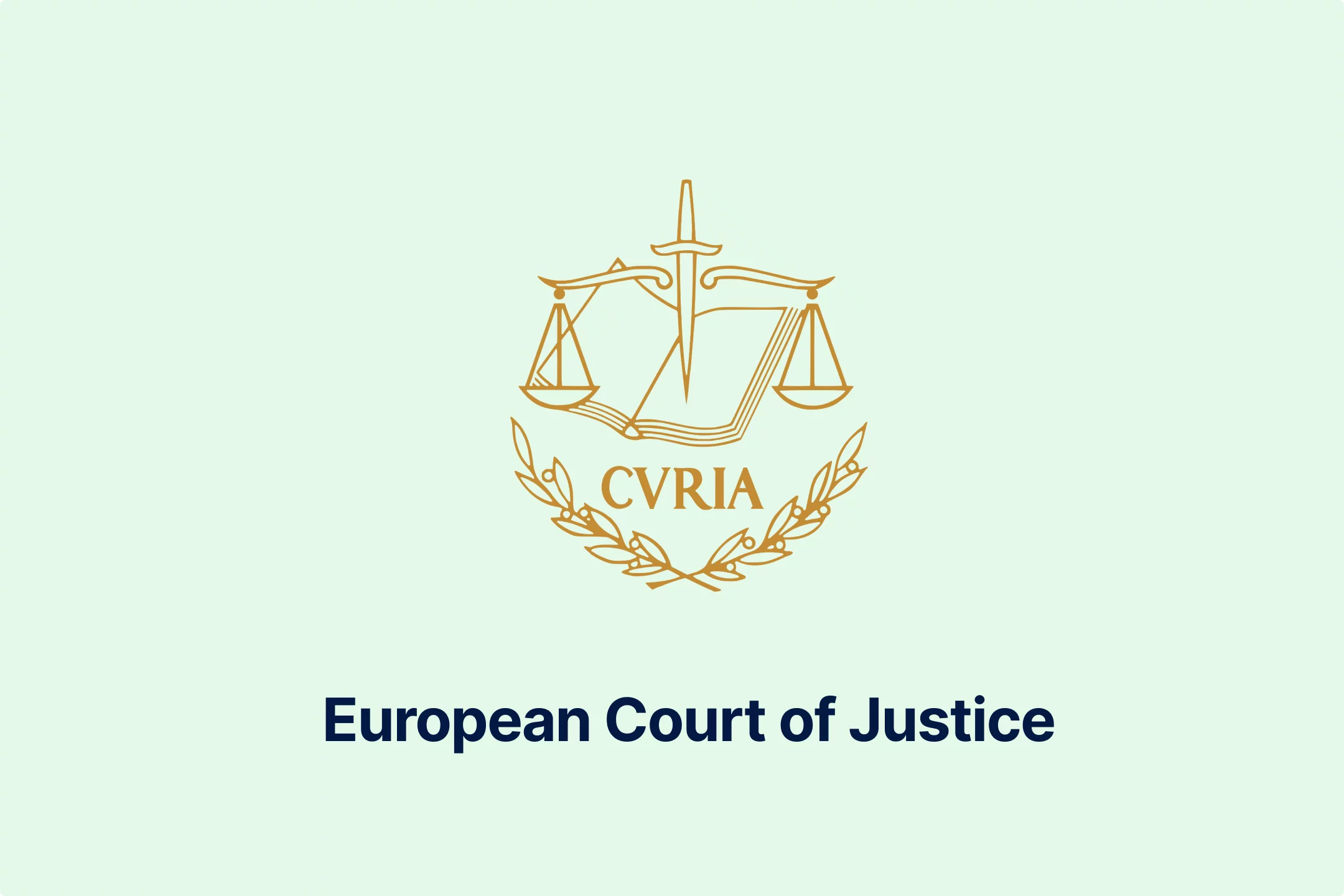
-qseaw5zmcy.webp)
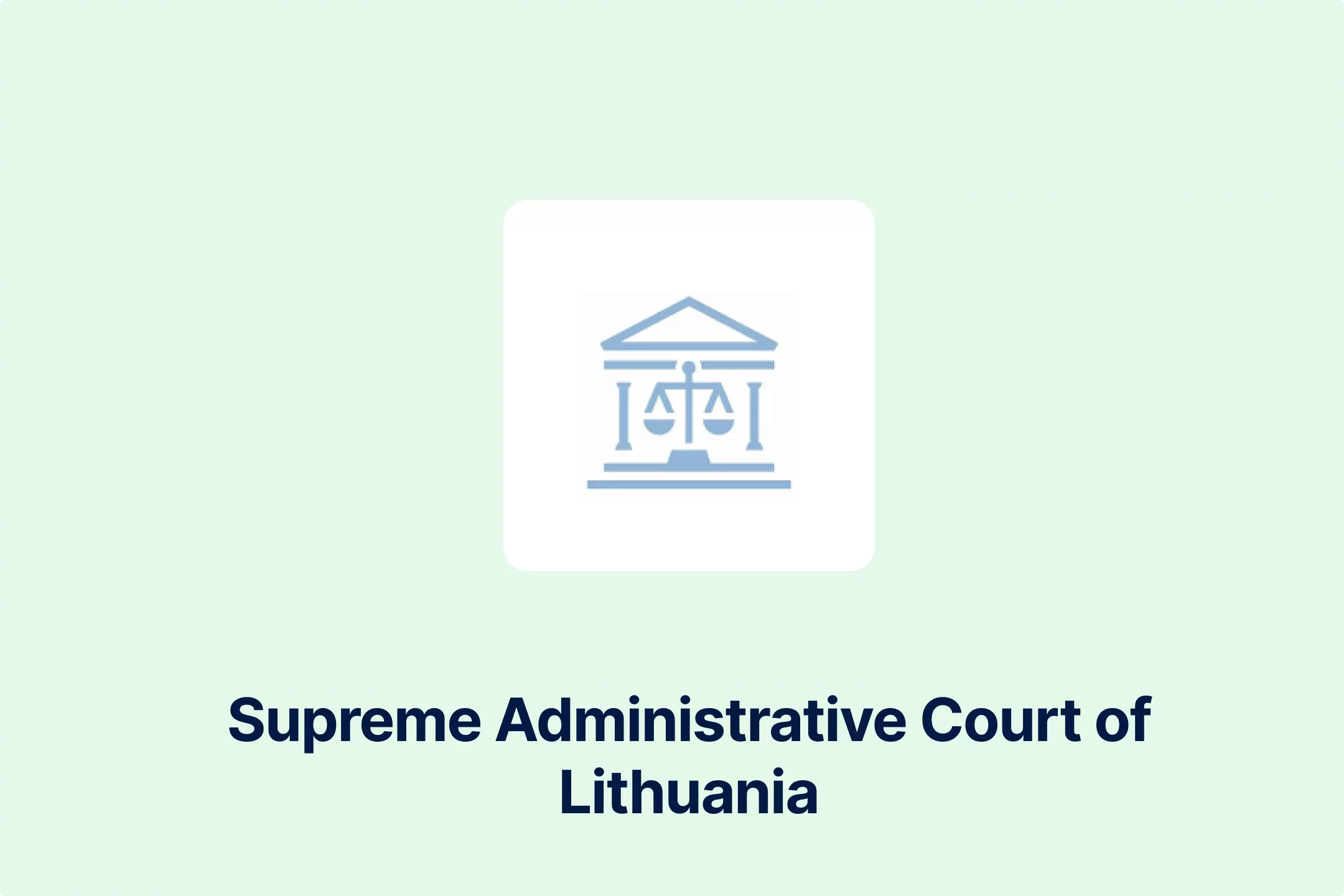

-qzsah2ifqx.webp)
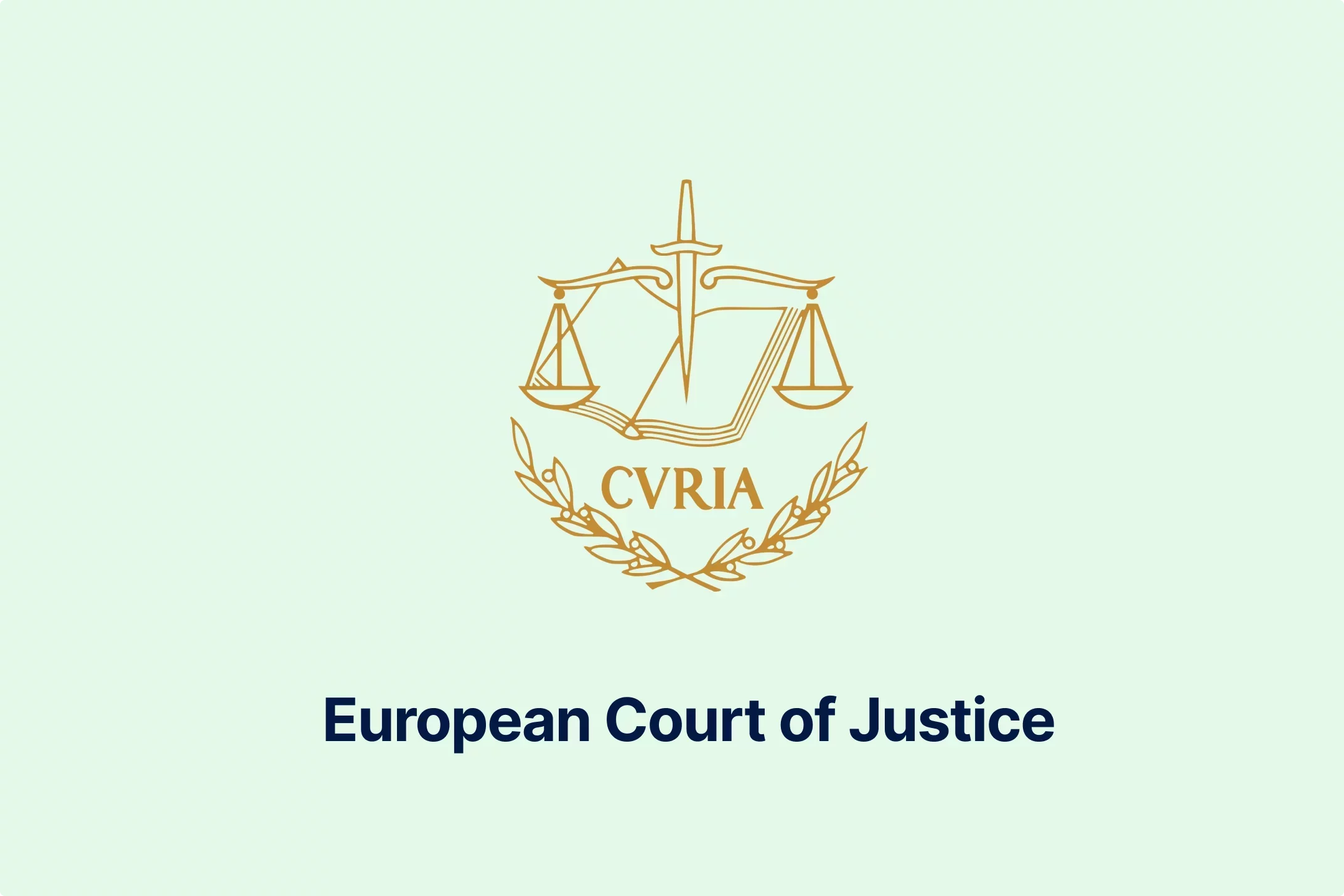
-69rzooghib.webp)
-wrvng98m0g.webp)
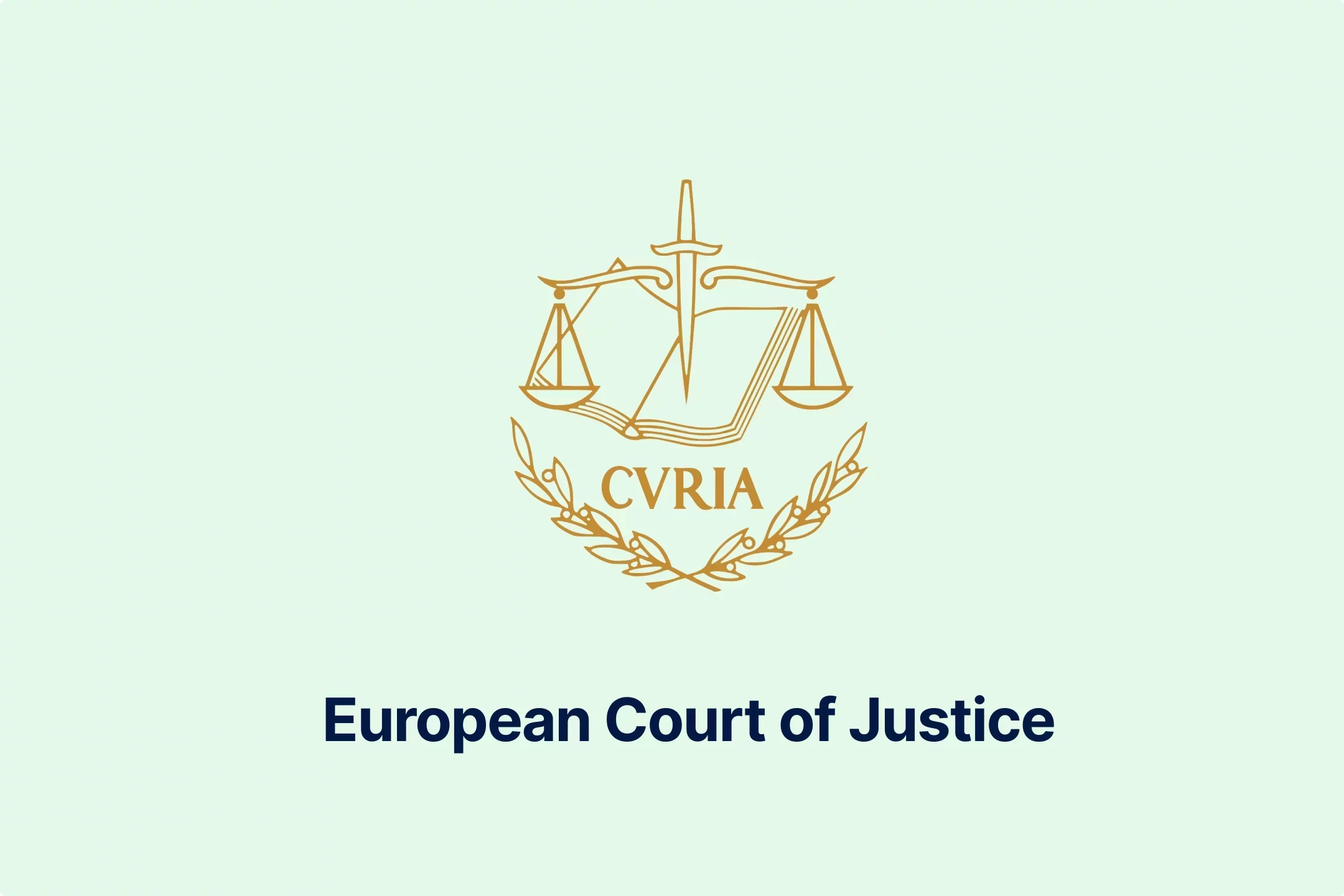
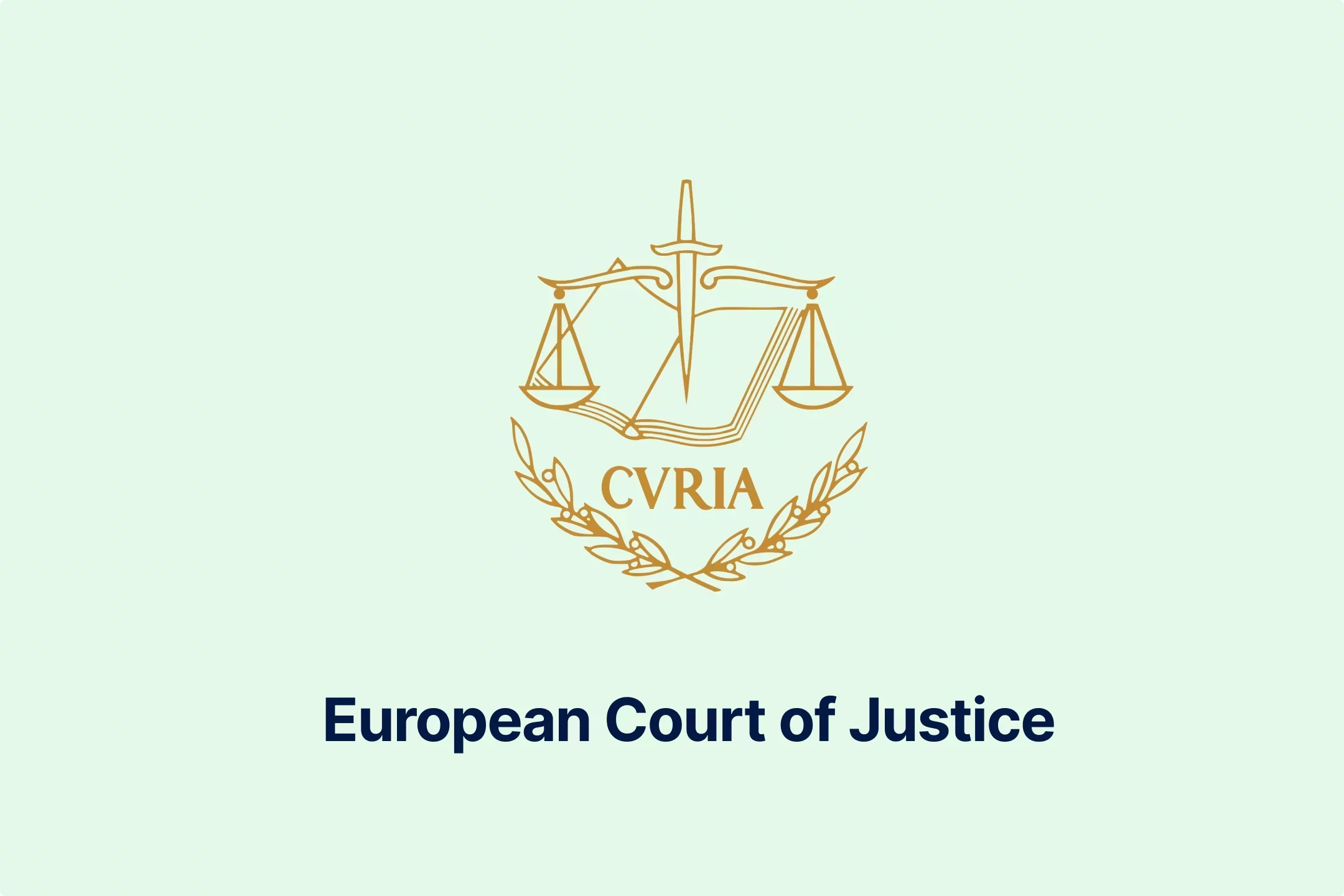
-psucycuxh2.webp)
-klyo8bn5lc.webp)
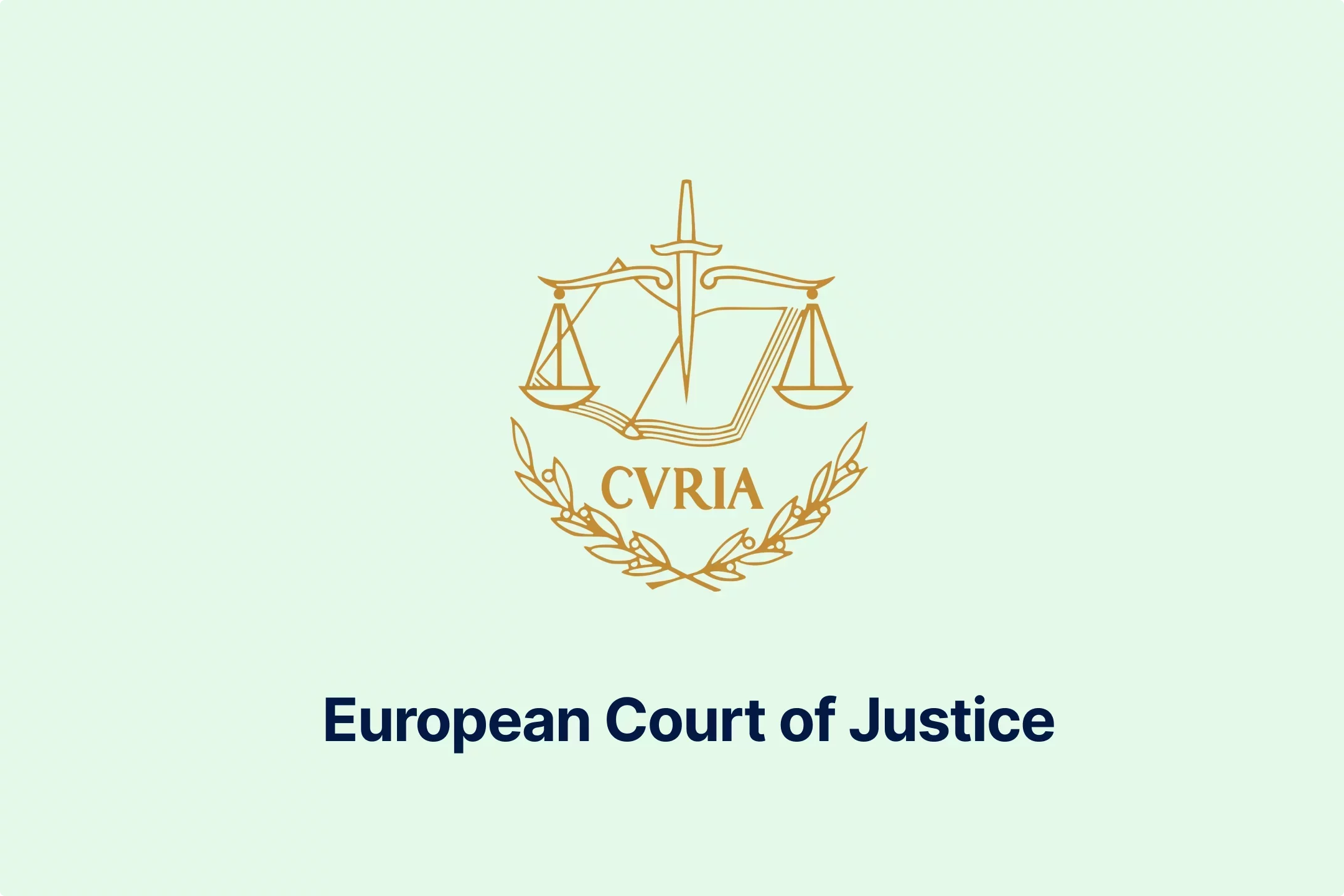



-6wv5h5eyyd.webp)
-tfgg78rbid.webp)
-a6jpv9ny8v.webp)
-qhdbapy0qr.webp)
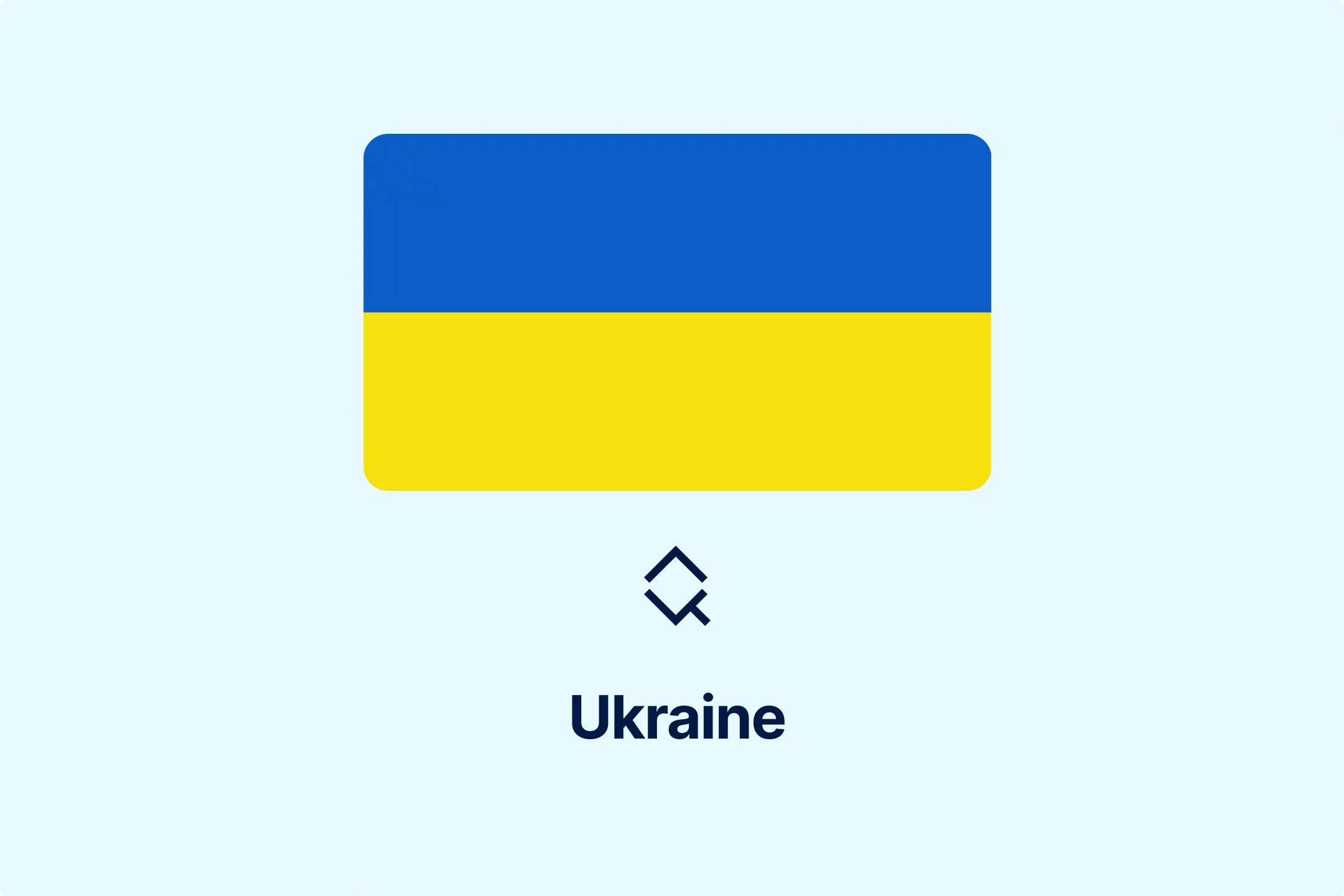
-owvu7zoc13.webp)
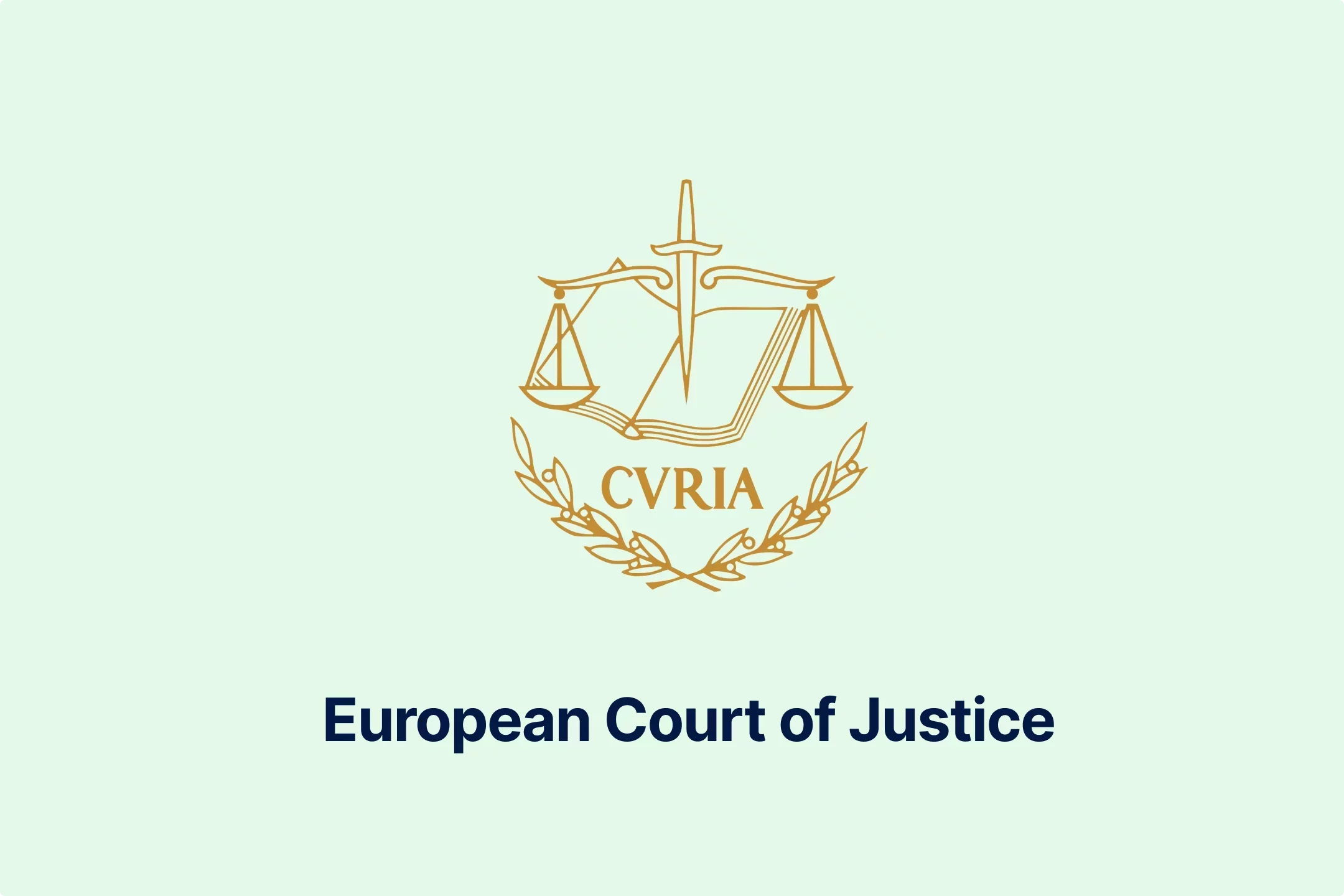

-h28jrh1ukm.webp)
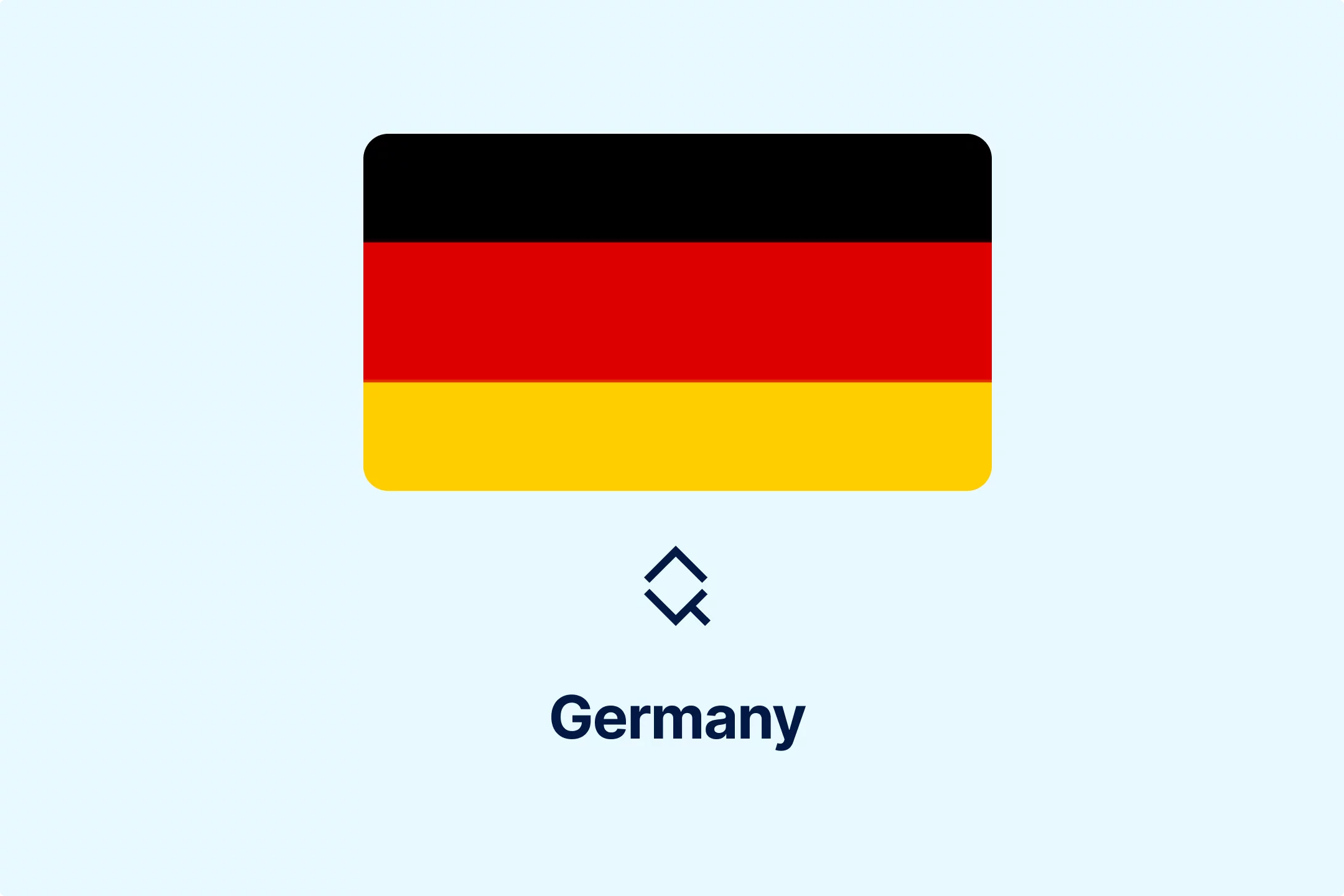
-wl9bl1rw3a.webp)
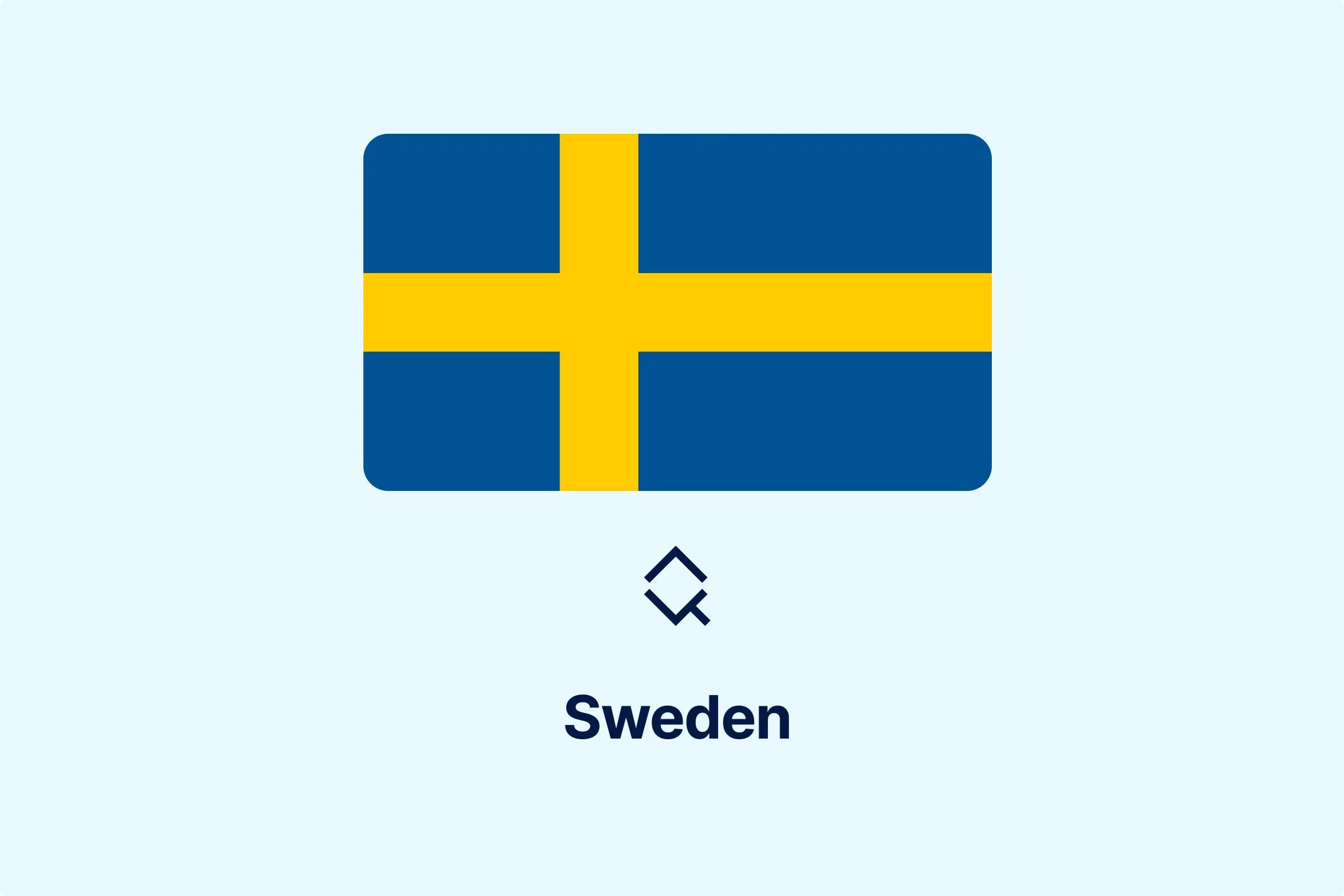
-2w76jtvtuk.webp)
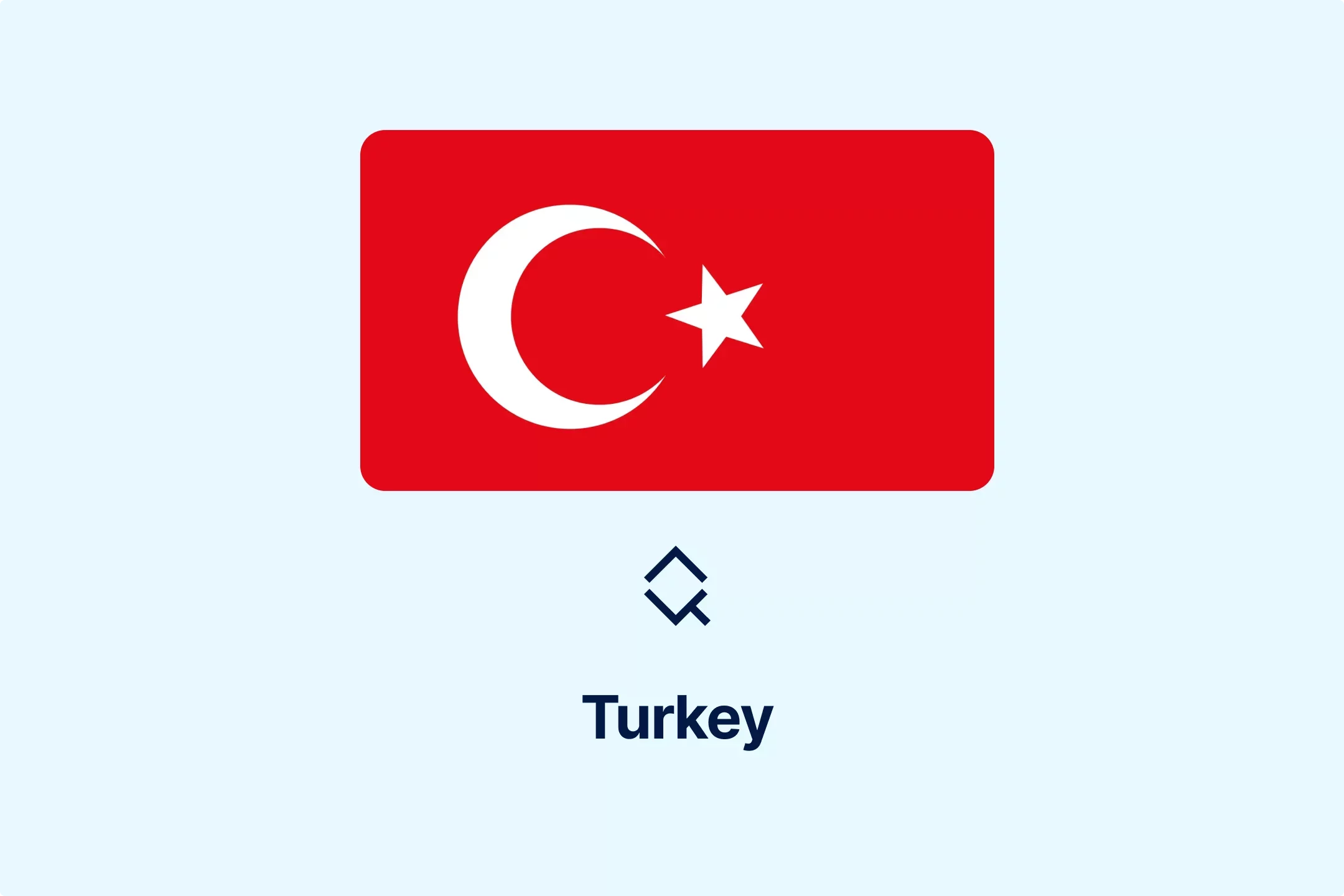
-c0uvrmrq9j.webp)

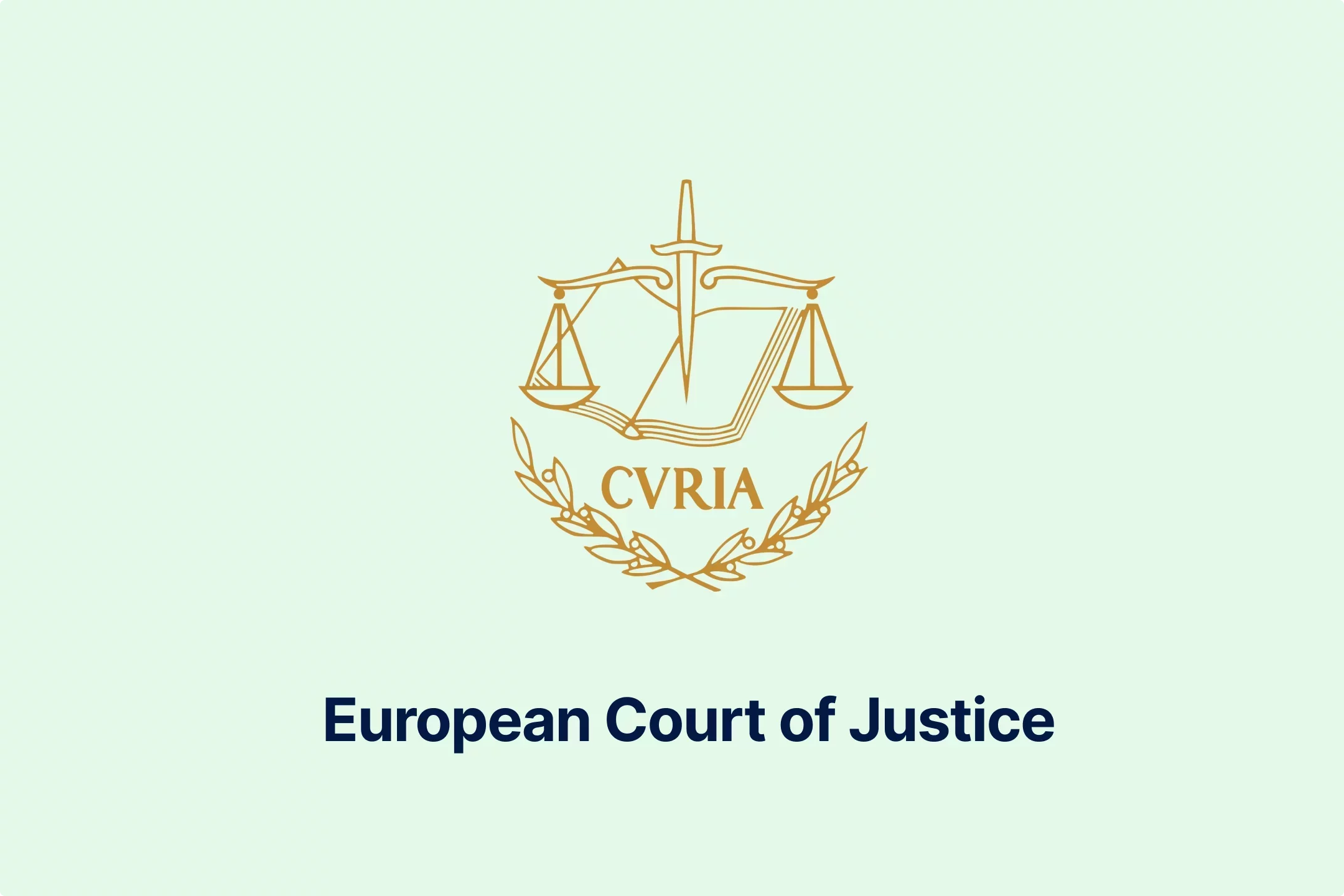
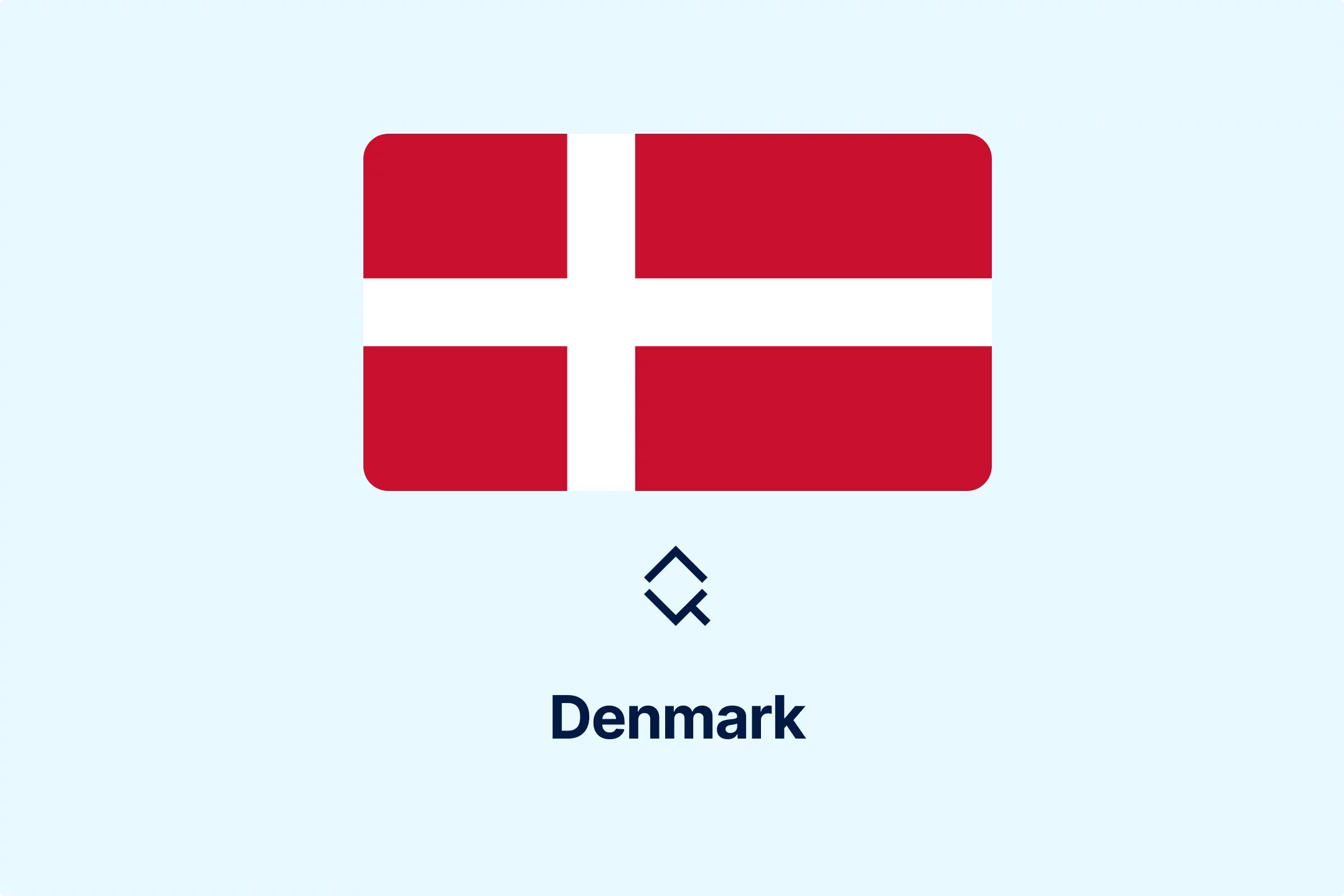
-pofe7ucwz3.webp)
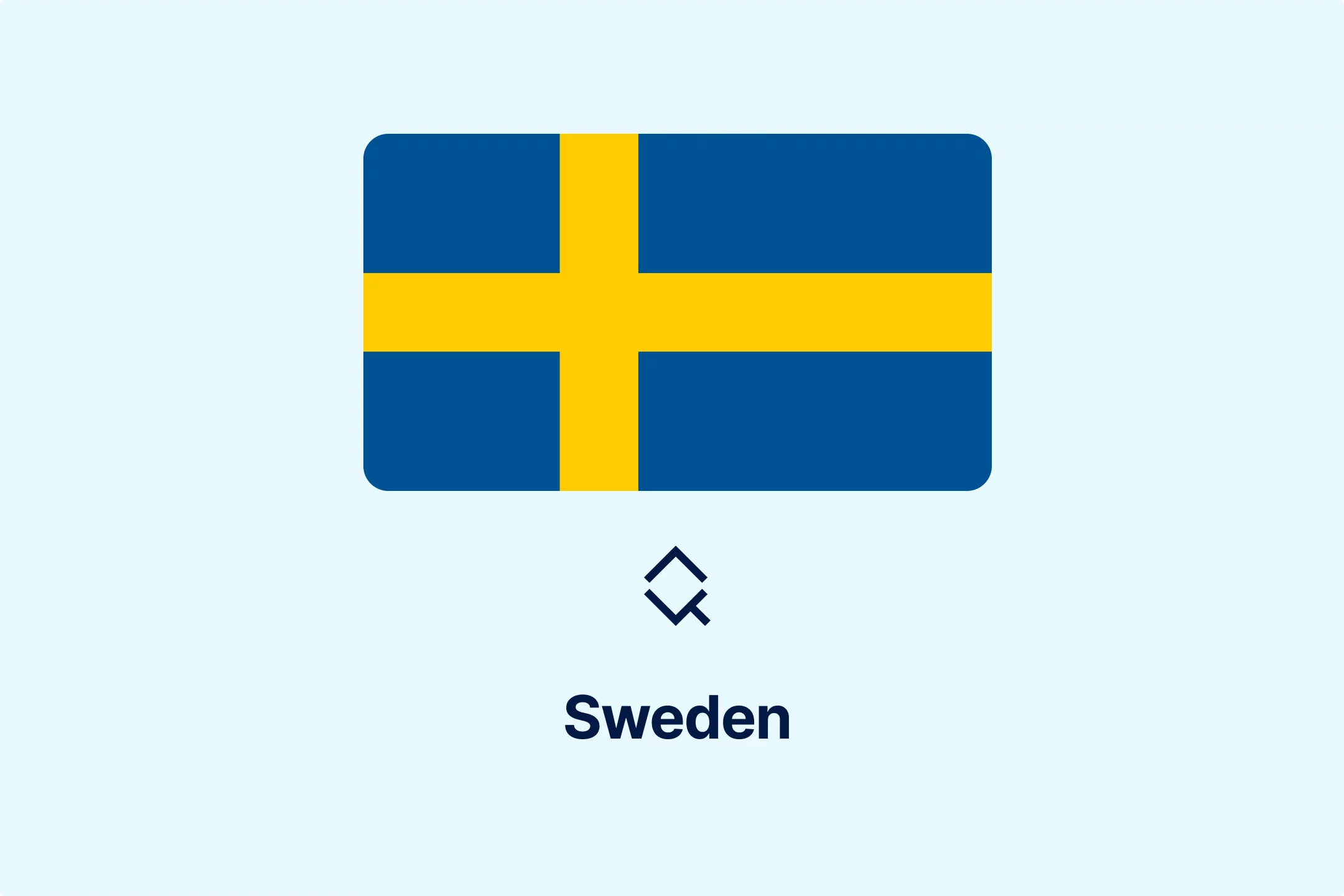

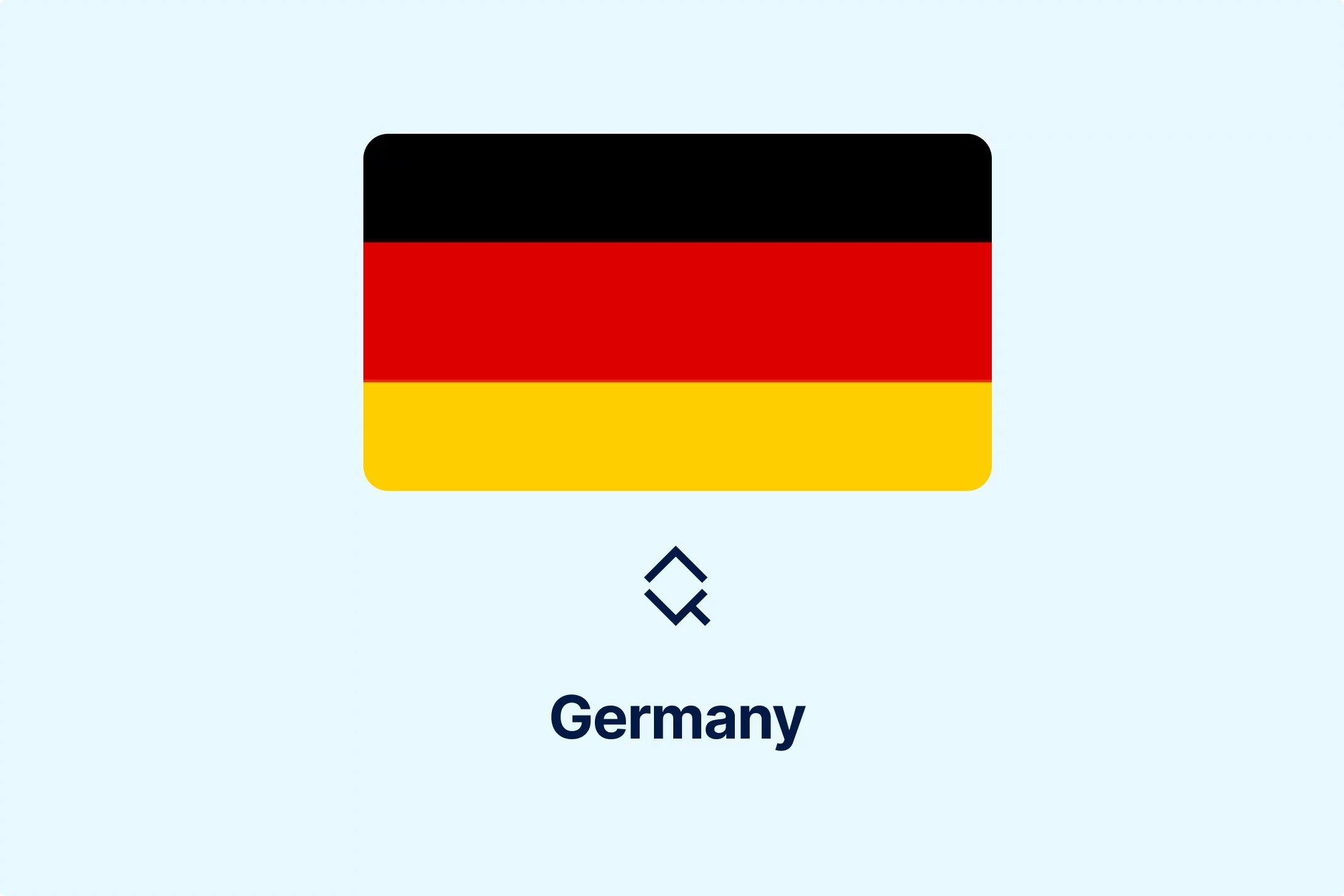
-5cc23ezxyf.webp)
-rrmabbekeb.webp)
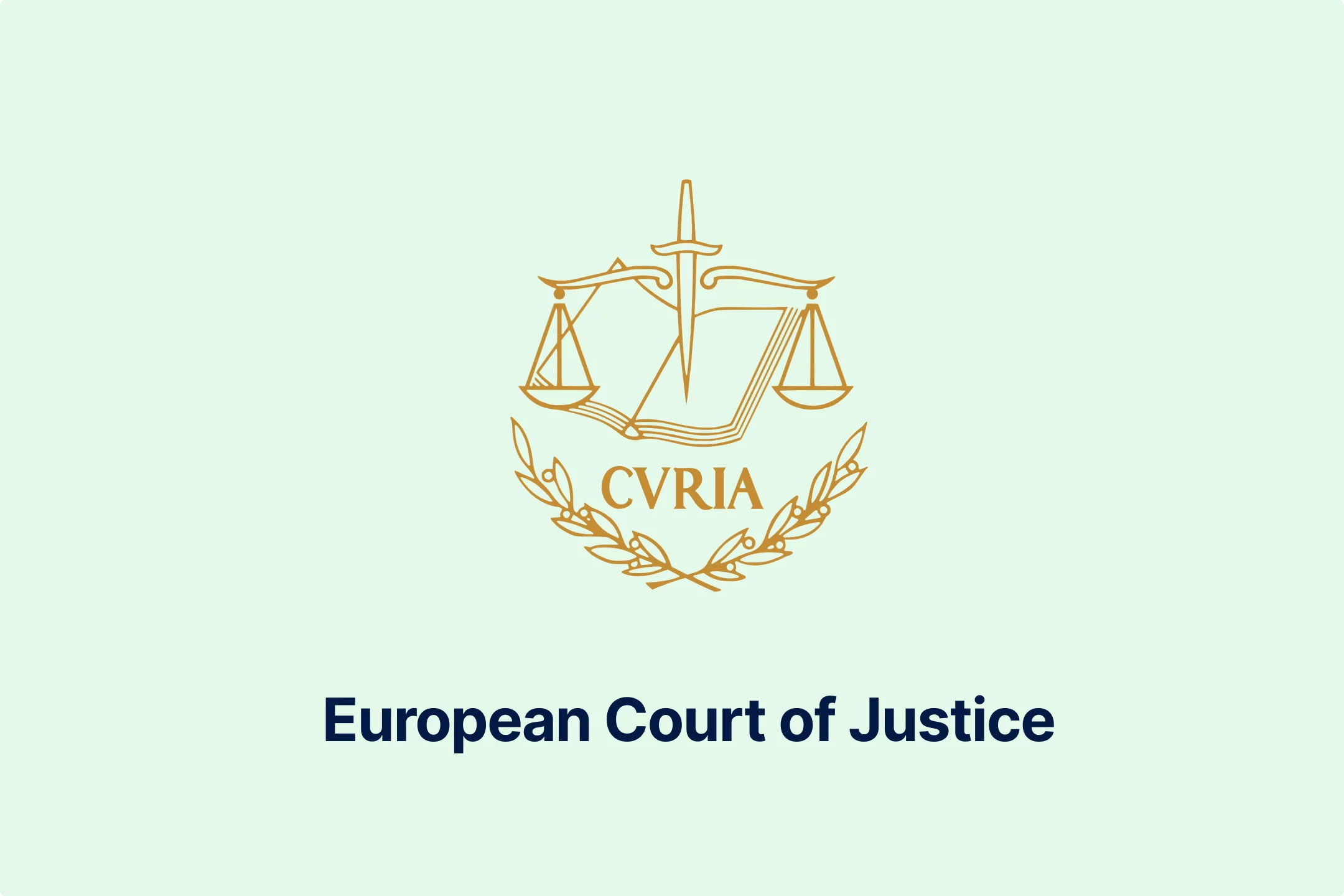
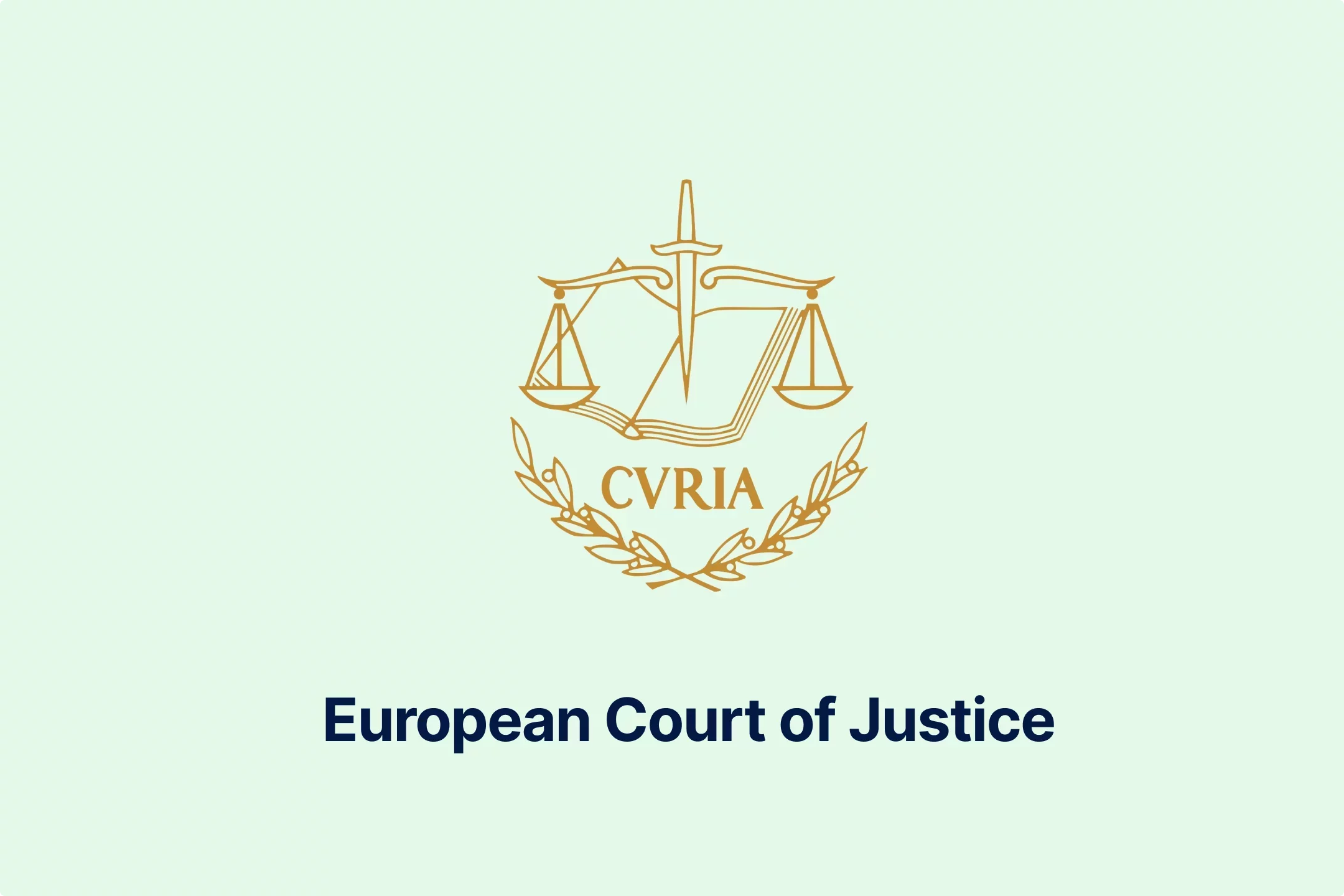
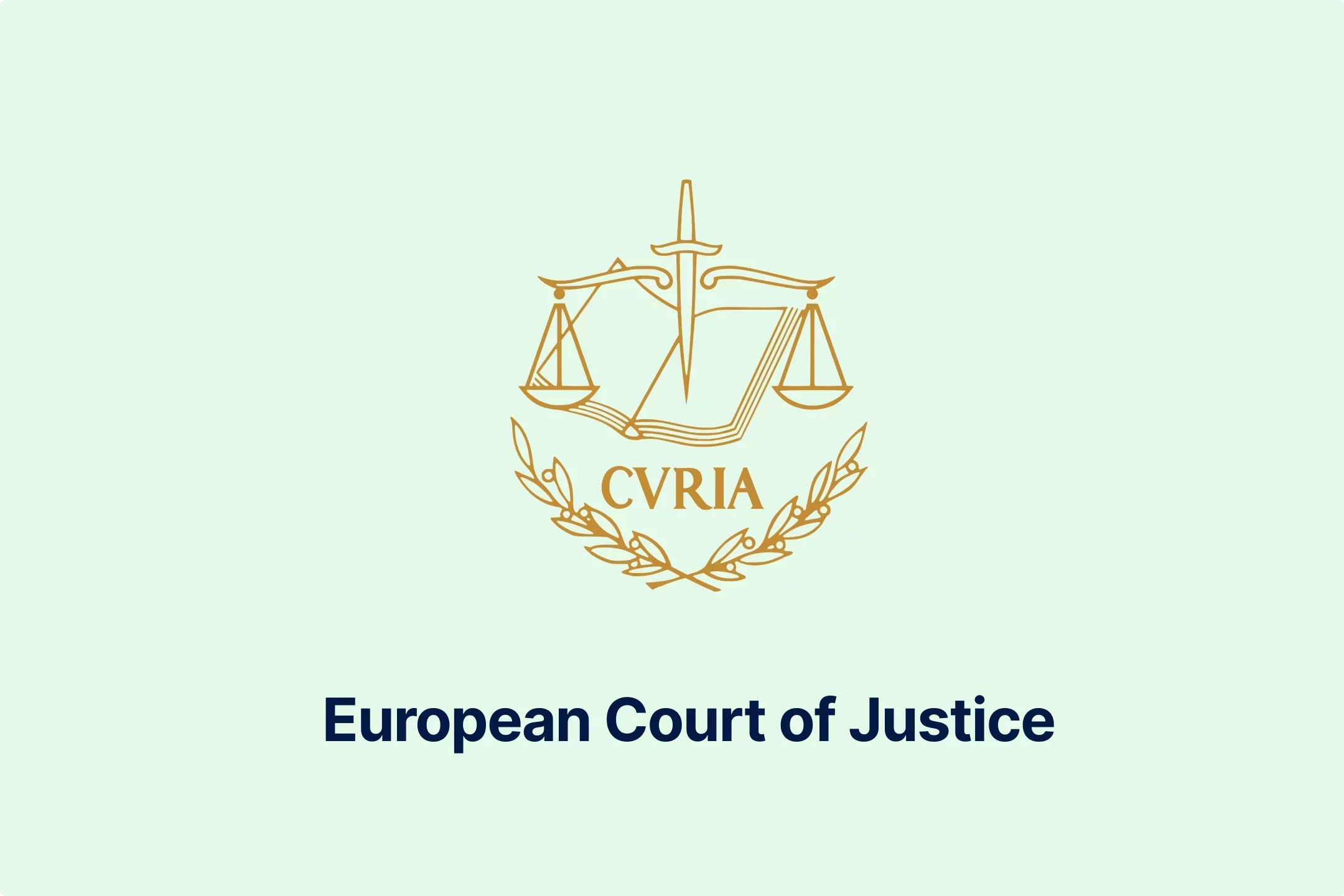
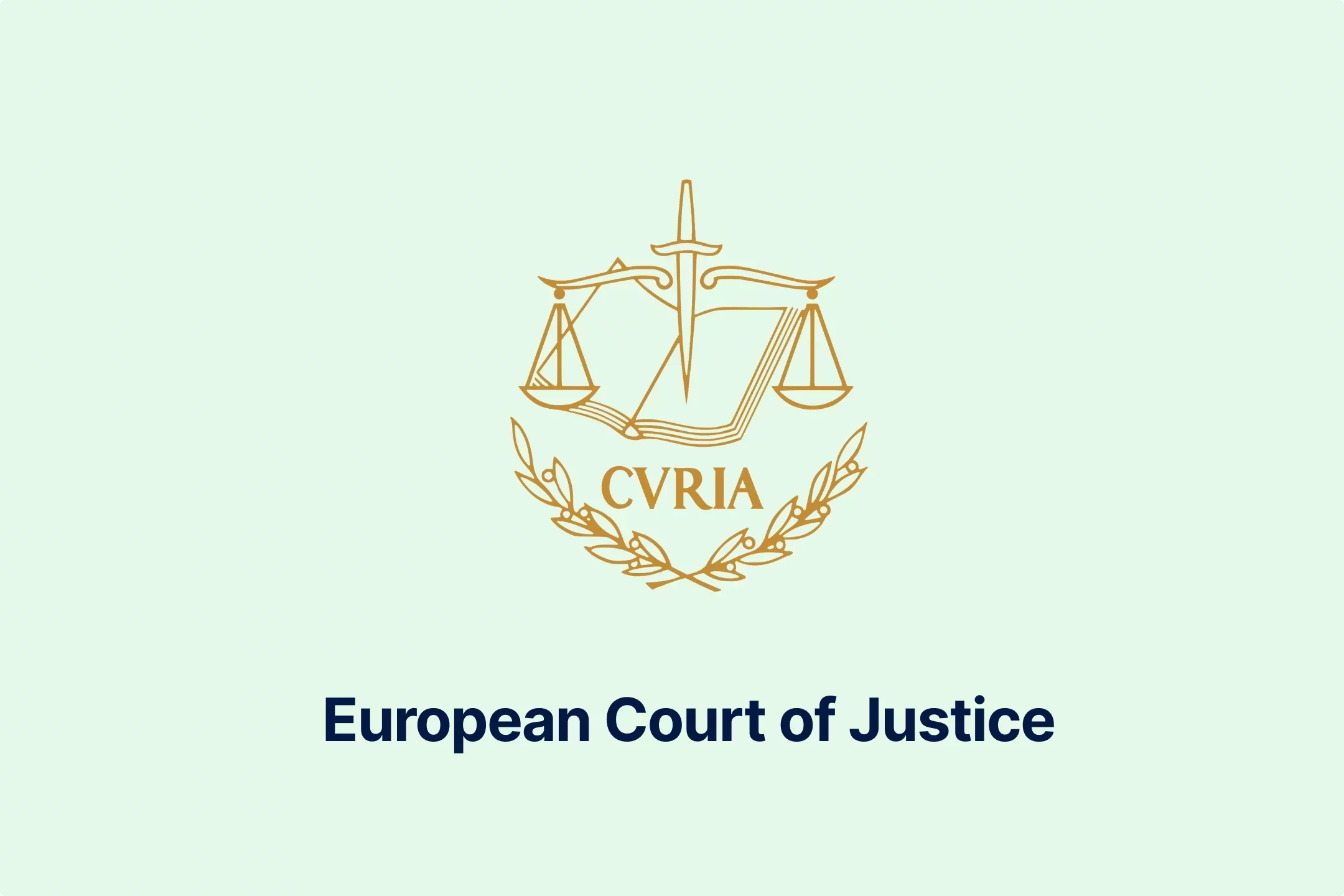
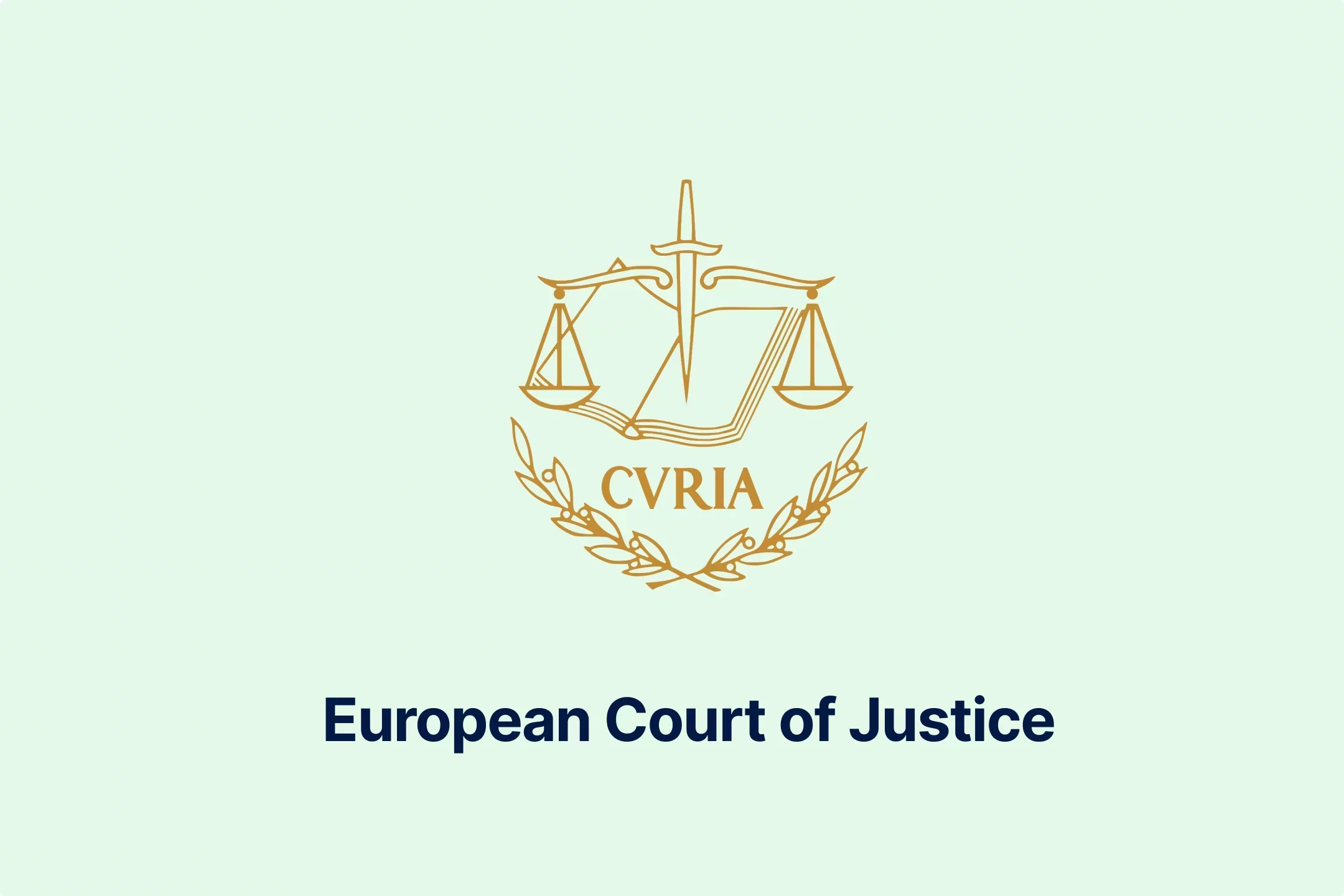


-iyyeiabtaf.webp)
-c8rbjkcs01.webp)
-nilkffjhah.webp)
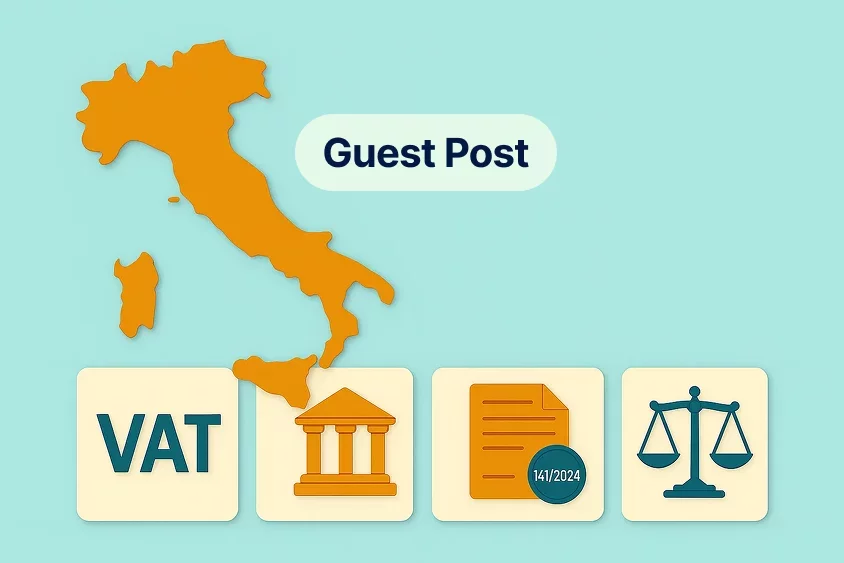
-hikakq55ae.webp)
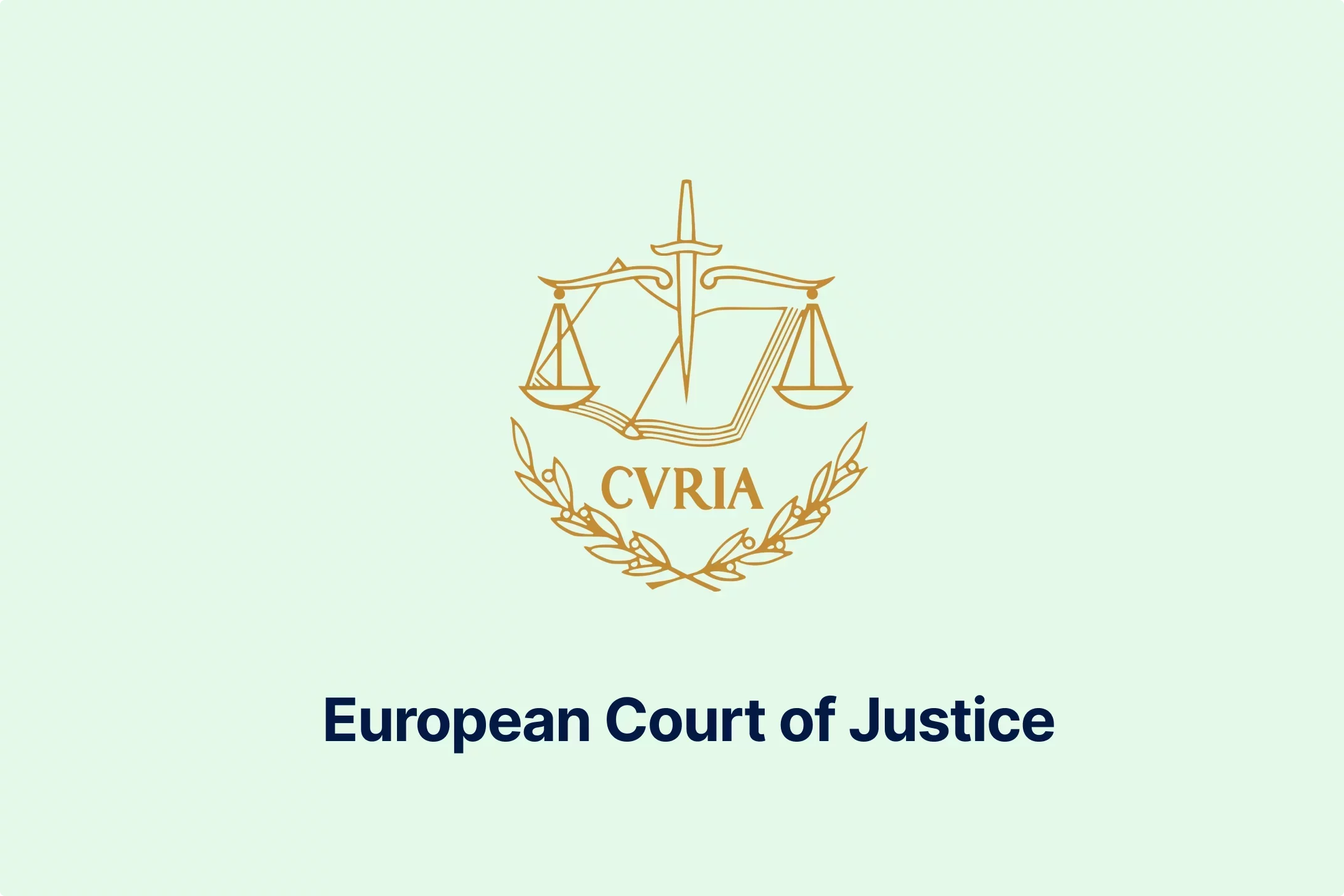
-z1d60bldtg.webp)
-d1a0q6n7mp.webp)
-viip8nvoeh.webp)
-bvv1otliox.webp)
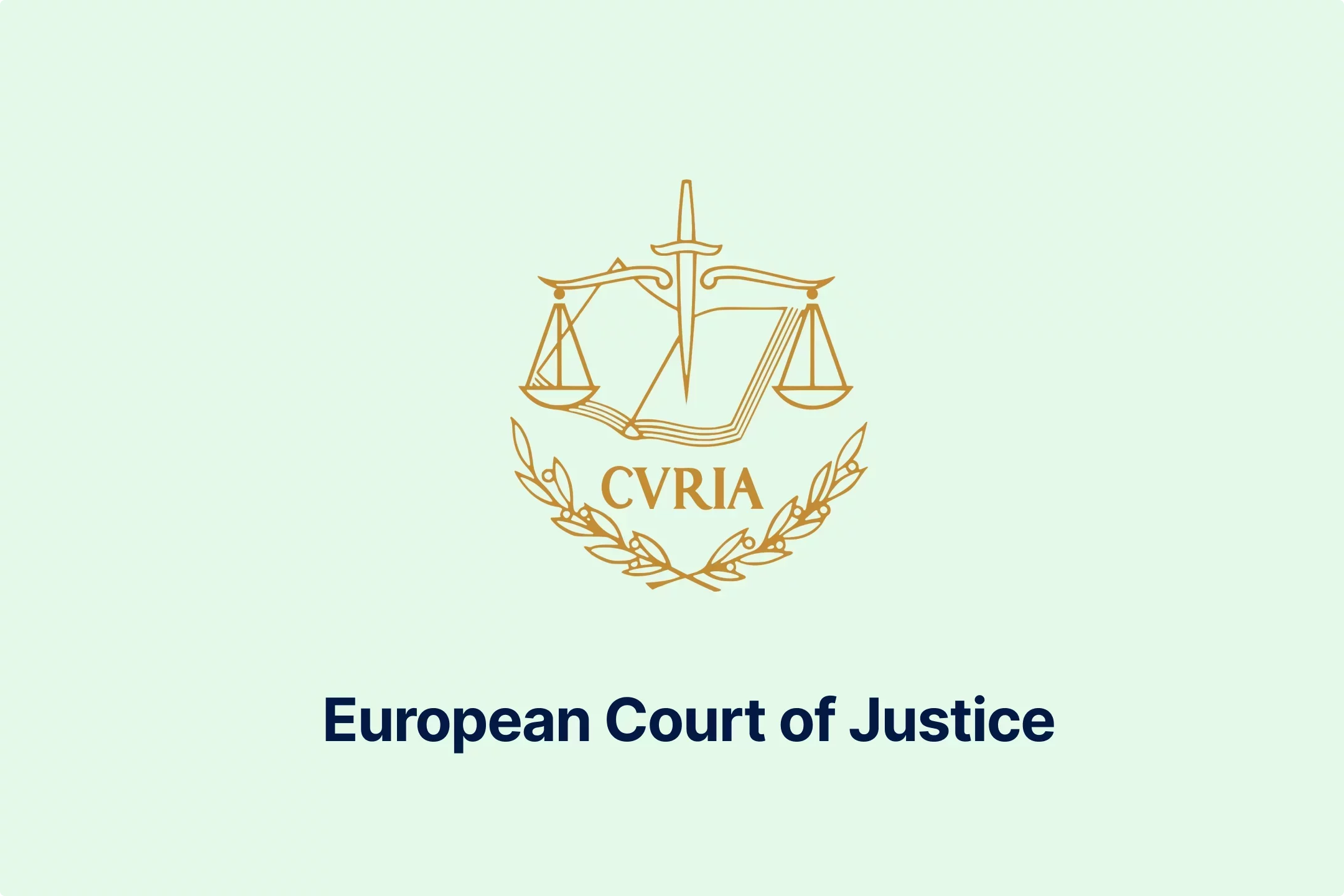

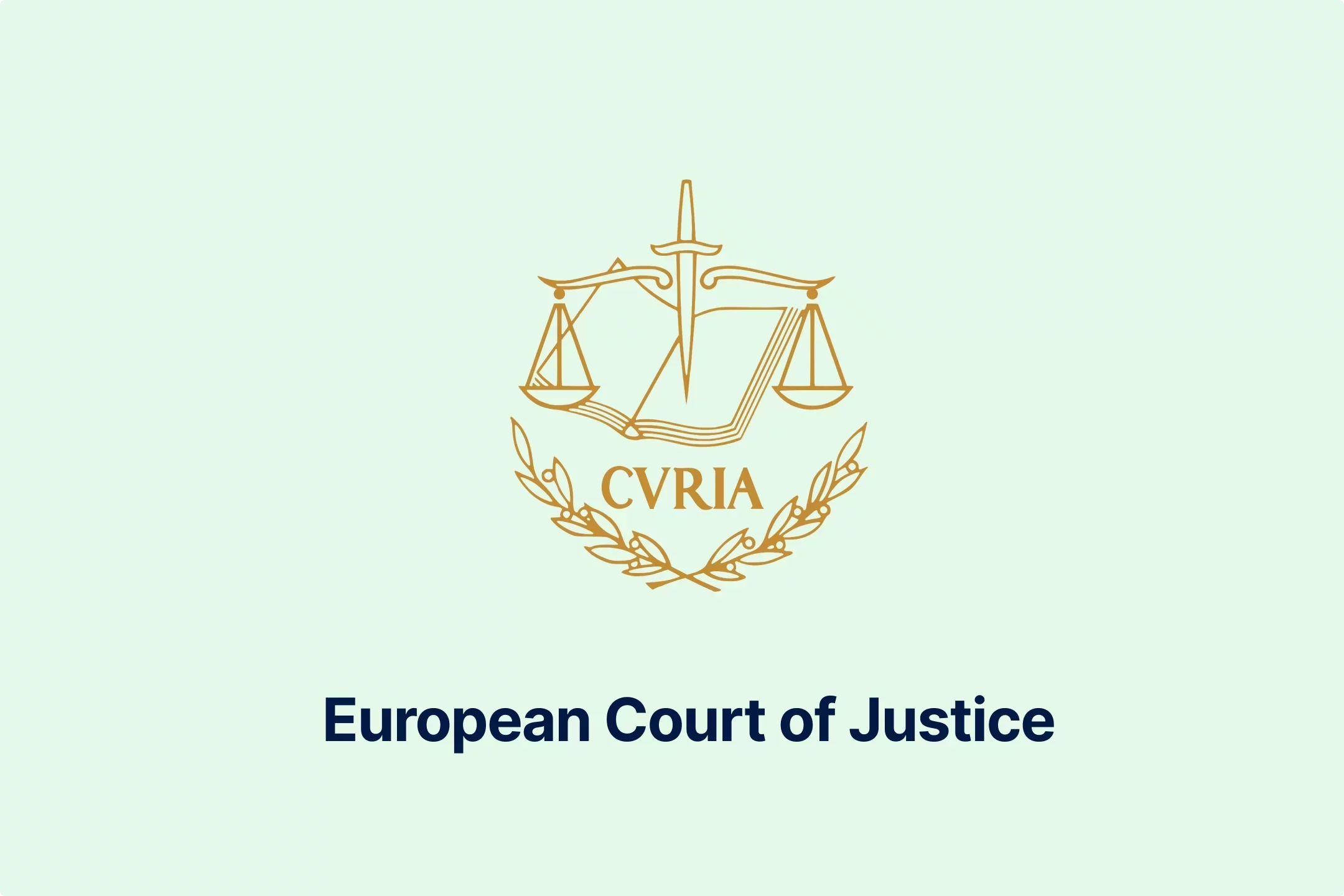
-de8hdb1bn3.webp)
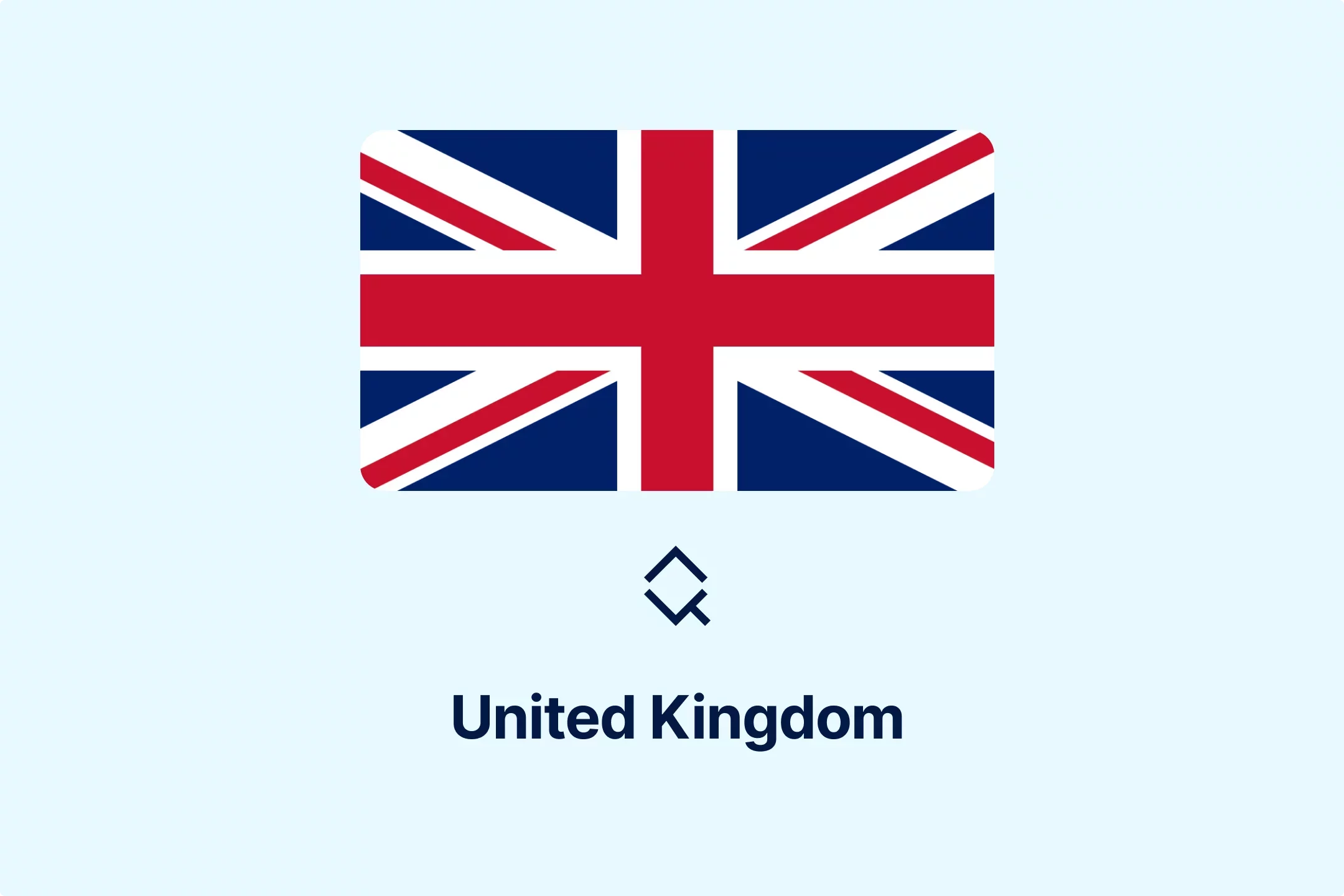
-cm0opezg73.webp)
-0tovsdupmi.webp)
-subxdamdj6.webp)
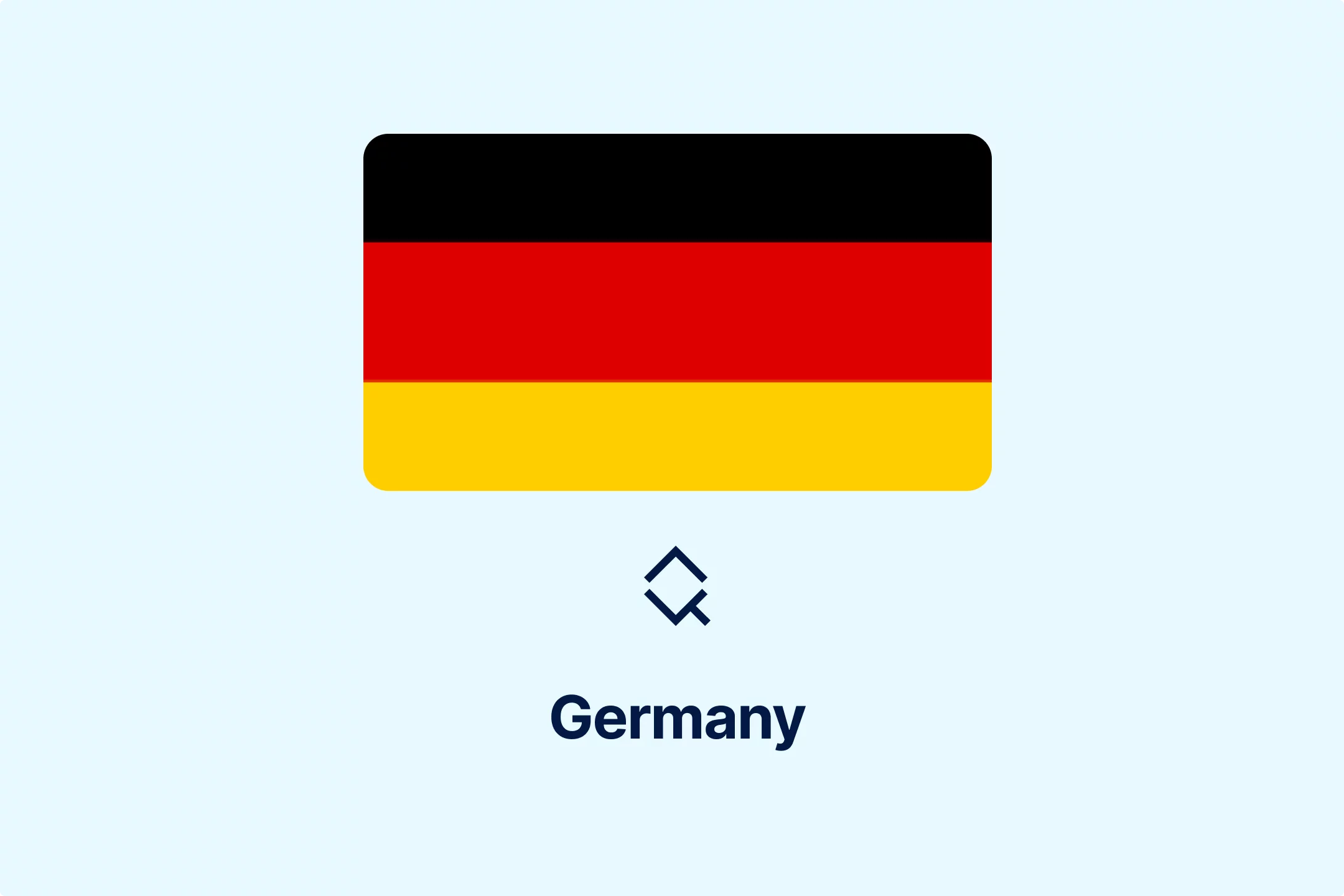
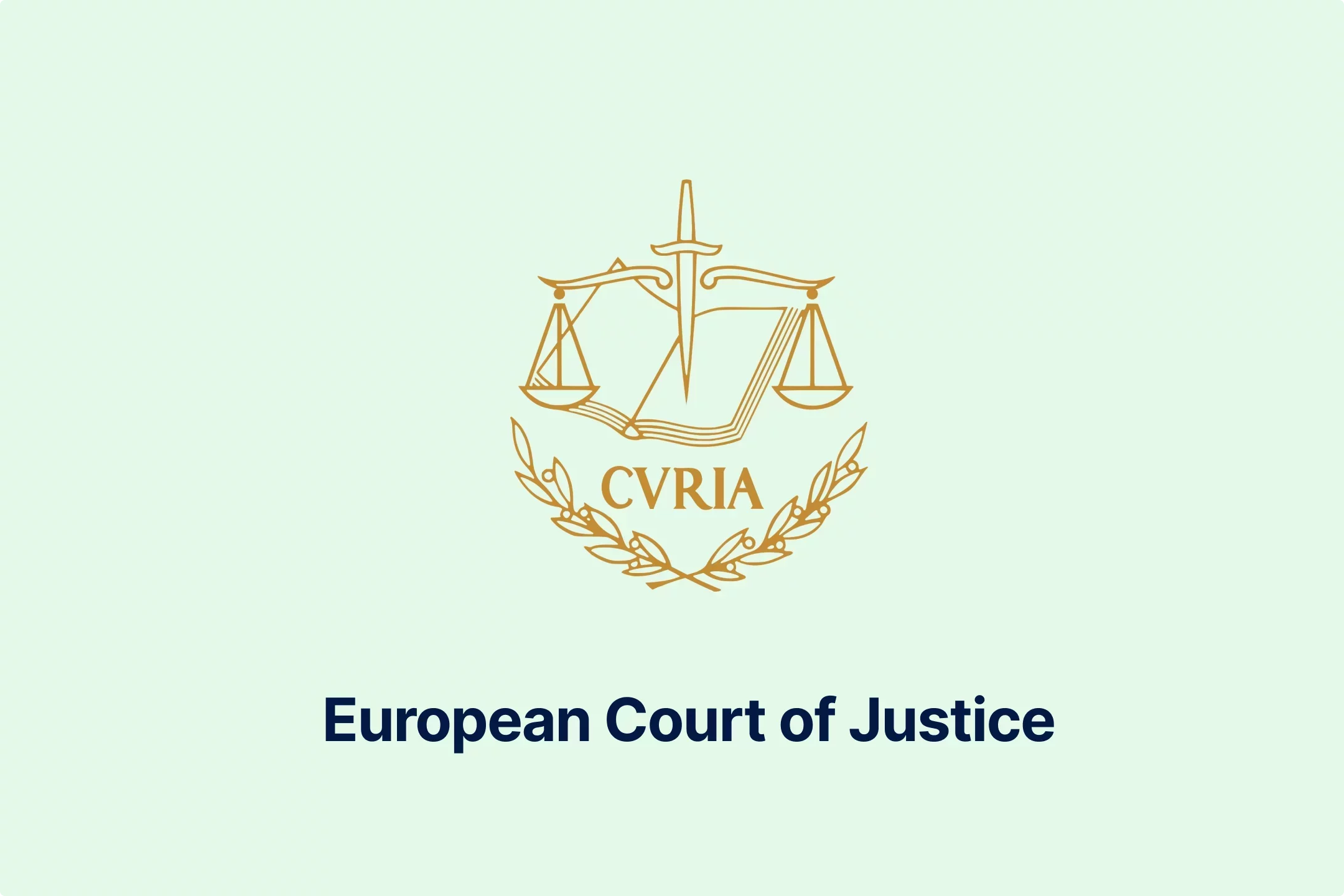
-gly6ablwnh.webp)
-gkduqhwbzh.webp)
-qpe1ld9vcj.webp)
-8noukwsmba.webp)
-aka29tuhkt.webp)


-fisvs27yrp.webp)


-mp0jakanyb.webp)

-aivzsuryuq.webp)



-o7f4ogsy06.webp)

-zjja92wdje.webp)
-hrbhdts8ry.webp)
-qtdkwpgkug.webp)


-cf8ccgah0p.webp)
-0em3cif5s6.webp)





-ptzesl0kij.webp)

-tfzv42pyms.webp)






-uodv7sfbih.webp)
-bbrdfmm9qf.webp)



-m2tl8crfqr.webp)


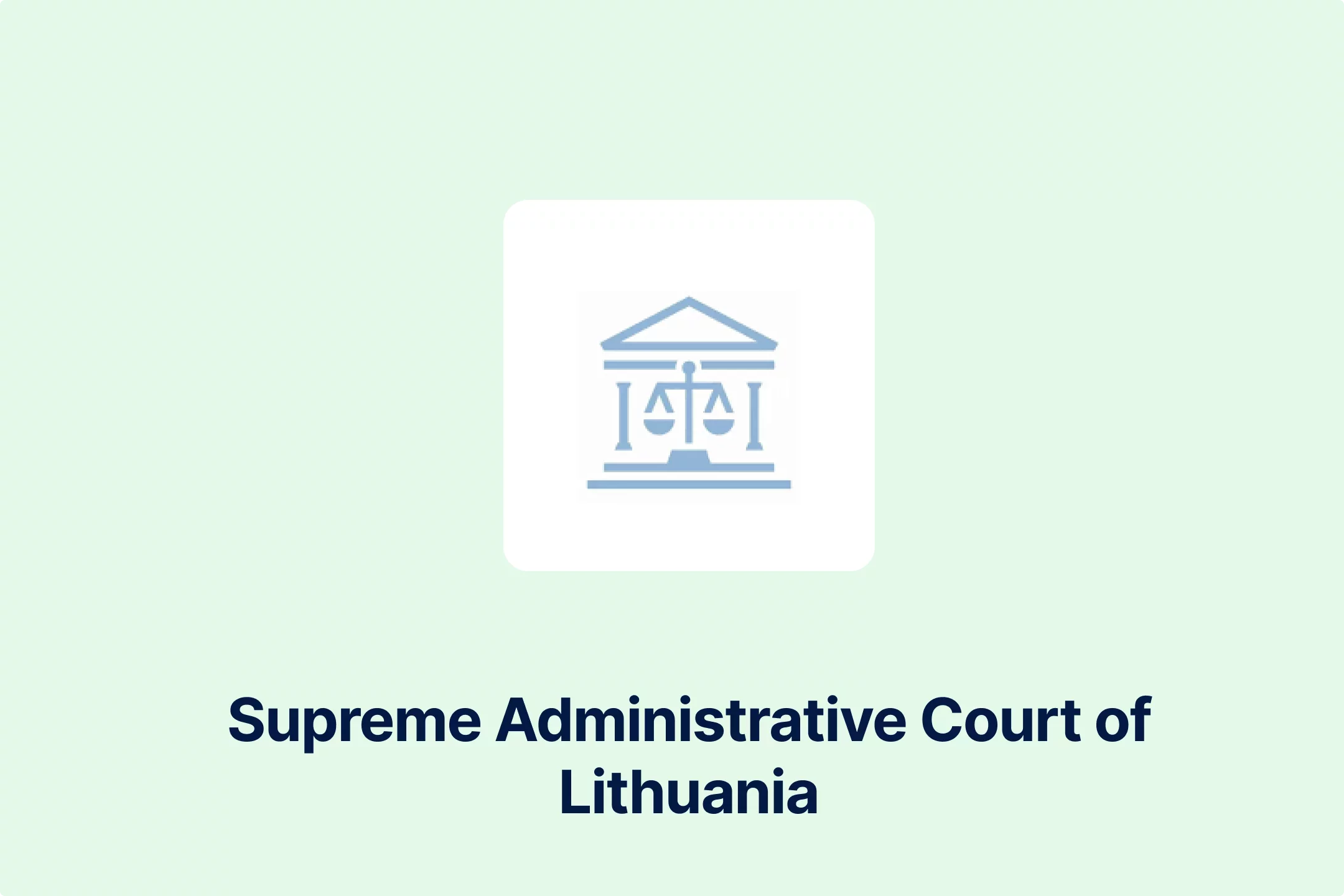

-1awbqjgpjs.webp)
-avbjsn1k1g.webp)


-0h8ohkx6s0.webp)


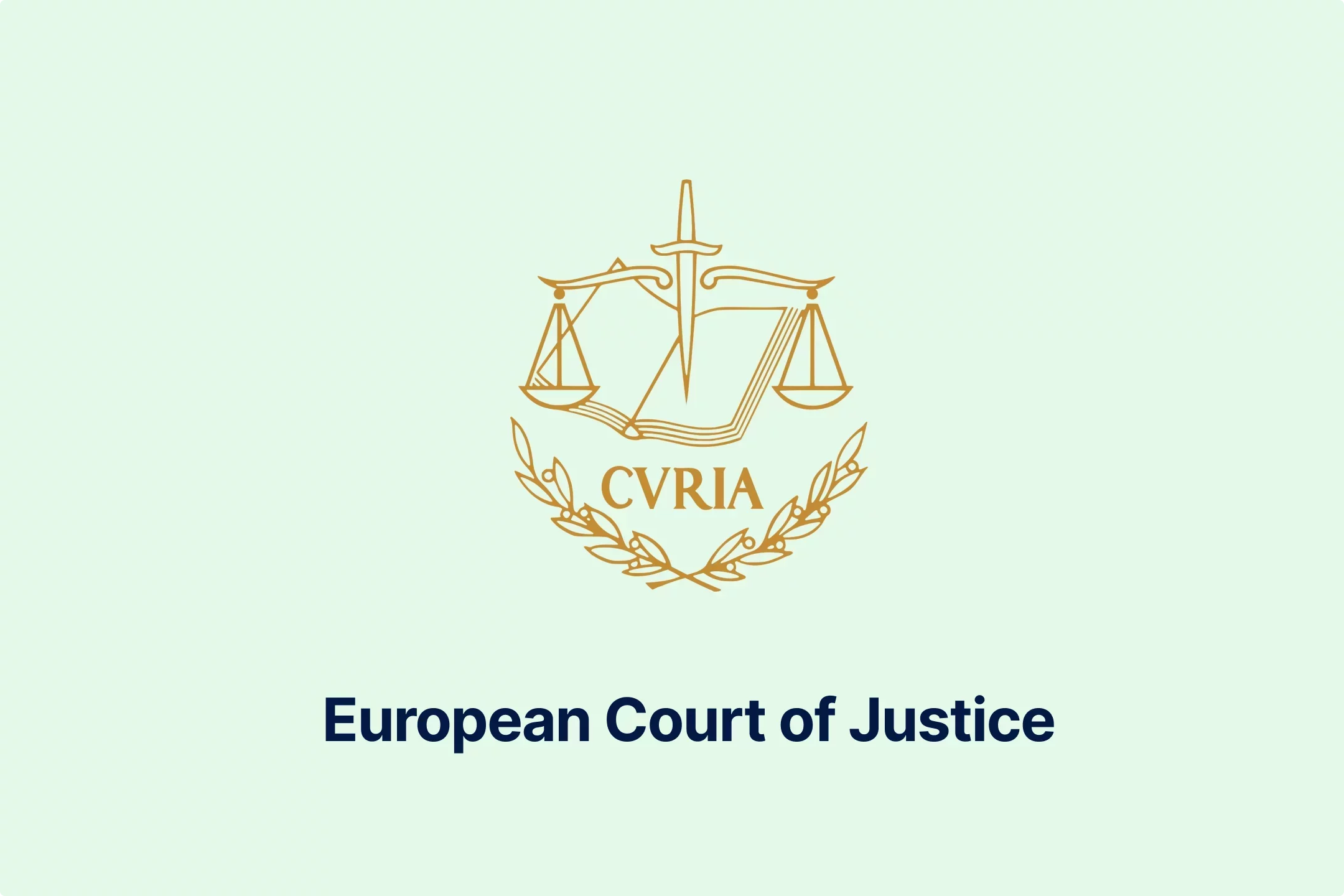
-wfmqhtc7i6.webp)
-7wljbof2zo.webp)
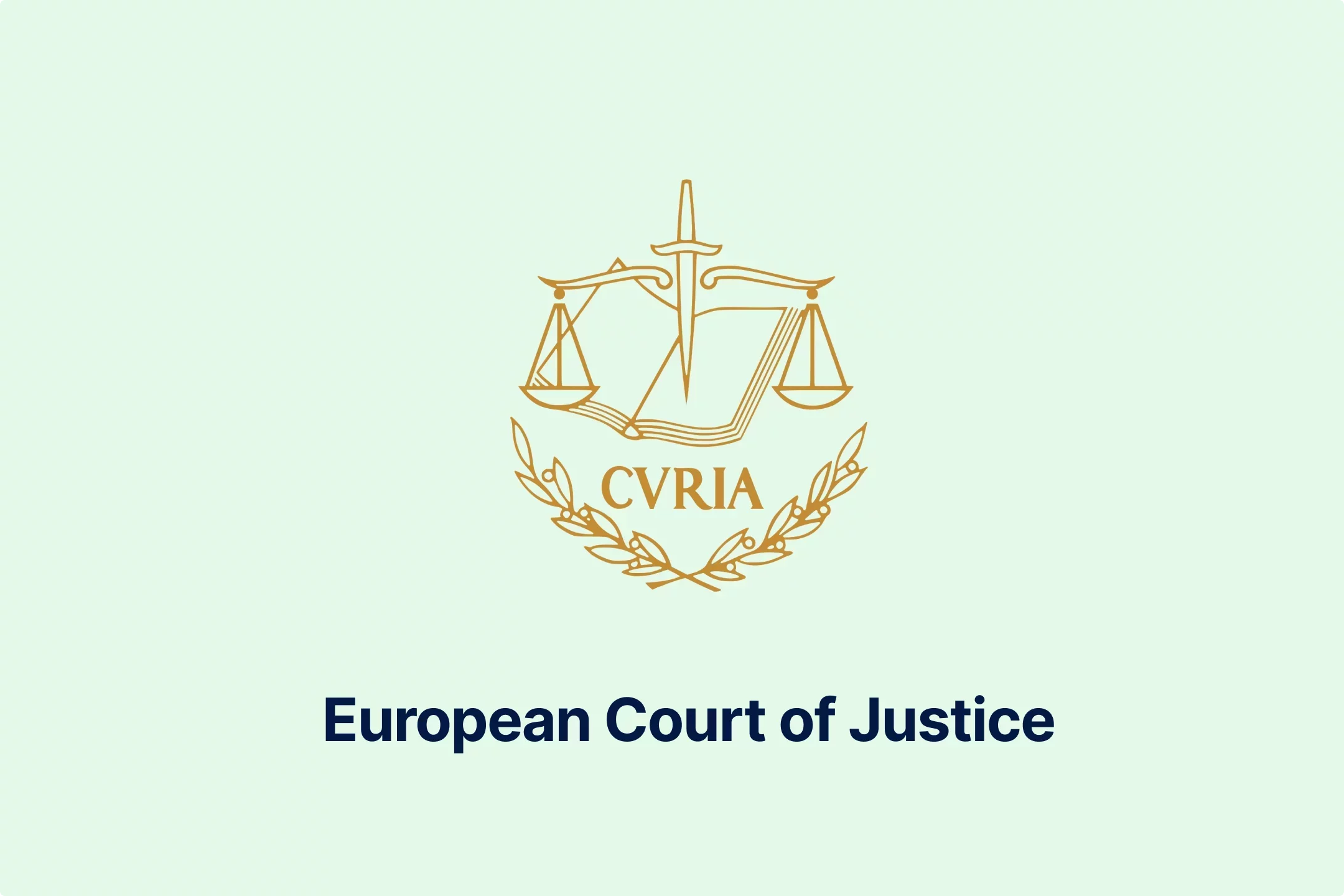
-eqt97uyekl.webp)
-wzw9mcf563.webp)

-z4oxr6i0zd.webp)




-fhtic1pwml.webp)

-iipdguuz9p.webp)
-nkhhwrnggm.webp)
-pltqwerr3w.webp)

-nn6mtfbneq.webp)

-tmnklelfku.webp)



-7g16lgggrv.webp)



-lxcwgtzitc.webp)
-9mc55kqwtx.webp)


-xla7j3cxwz.webp)
-jrdryw2eil.webp)





-t9qr49xs2u.webp)


-qjopq5jplv.webp)



-vune1zdqex.webp)

-rgjta7iwiv.webp)

-zb6bxxws47.webp)
-lyfjzw4okp.webp)

-ogpfmol5m1.png)


-czisebympl.png)

-zetvivc79v.png)
-ud7ylvkade.png)
-qizq6w2v5z.png)







-ihr6b4mpo1.webp)
-k1j4au0ph6.webp)
-swxxcatugi.webp)


-ig9tutqopw.webp)

-tauoa6ziym.webp)

-spr0wydvvg.webp)
-xfuognajem.webp)





-u2nv5luoqc.webp)








-opuxpan2iu.webp)




-kwttsfd8ow.webp)
-8u14qi10nj.webp)

-wjpr96aq5g.webp)

.png)

.png)


.png)


.png)



.png)
.png)
.png)
.png)
.png)

.png)
.png)




.png)
.png)




































































































































